Russian “Doctor Evil” posts about loving family and medical pride online, while he degrades and tortures Ukrainian POWs in reality
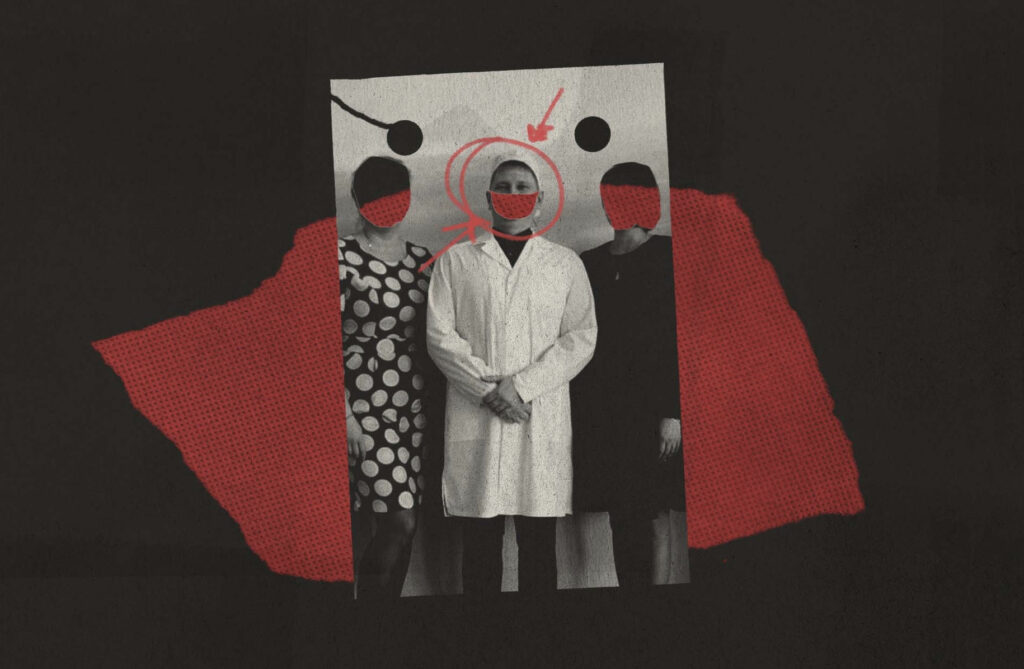
He looks just like an ordinary man who shares on social media how he loves and adores his “wifey” and two kids, takes pride in his medical career and celebrates national holidays.
However, this 34-year-old Russian man has a dark secret.
Ukrainian prisoners of war (POWs) know him as “Doctor Evil” — a medical professional who systematically shocked them witsh stun guns instead of treating their injuries. Who forced them to bark like dogs. Who refused medical care to dying prisoners.
Social media helps identify Doctor Evil
An investigation by Schemes, the investigative unit of Radio Free Europe/Radio Liberty, traced the identity of Doctor Evil through meticulous research, while Organised Crime and Corruption Reporting Project translated it into English.
Reporters obtained a list of 177 Ukrainian POWs who had been held at Colony No. 10 from Ukrainian law enforcement sources. Many of them were captured during the siege of Mariupol in 2022 and sent deep into Russia.
Mordovia is a forested region in central Russia known for its extensive network of prisons and detention centers, a legacy of the Soviet gulag system that has made it synonymous with harsh incarceration conditions.
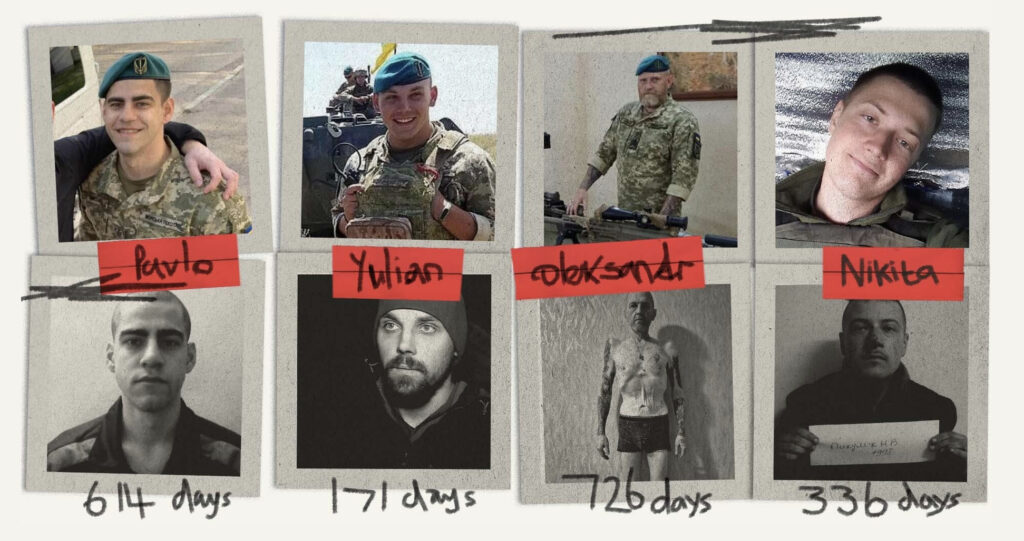
Image: Organised Crime and Corruption Reporting Project (OCCRP)
But how do you identify someone when the doctor usually wore masks and prisoners often had bags over their heads? The investigators faced a significant challenge: identifying someone based primarily on voice and behavior, with only brief glimpses of his face.
The breakthrough came from social media. Medical services for Colony No. 10 come from one unit: Medical-Sanitary Unit No. 13. Schemes found their VKontakte [Russian version of Facebook] pages filled with photos from award ceremonies and videos of doctors singing at workplace parties, their faces clearly visible.
As soon as former POW Pavlo Afisov heard the voice in one of the video clips, he started calling reporters before they’d even finished watching, his voice shaking with recognition. “That’s him.” The voice that had haunted him for months—manic, screechy, “indescribable” as prisoners called it—was unmistakable. Another, Yulian Pylypey, cropped a photo and circled a blonde man in a white coat. “The psychopath is the one on the left.”
All fifty former prisoners who agreed to speak identified the same person: Ilya Sorokin, the man they knew as “Doctor Evil.”
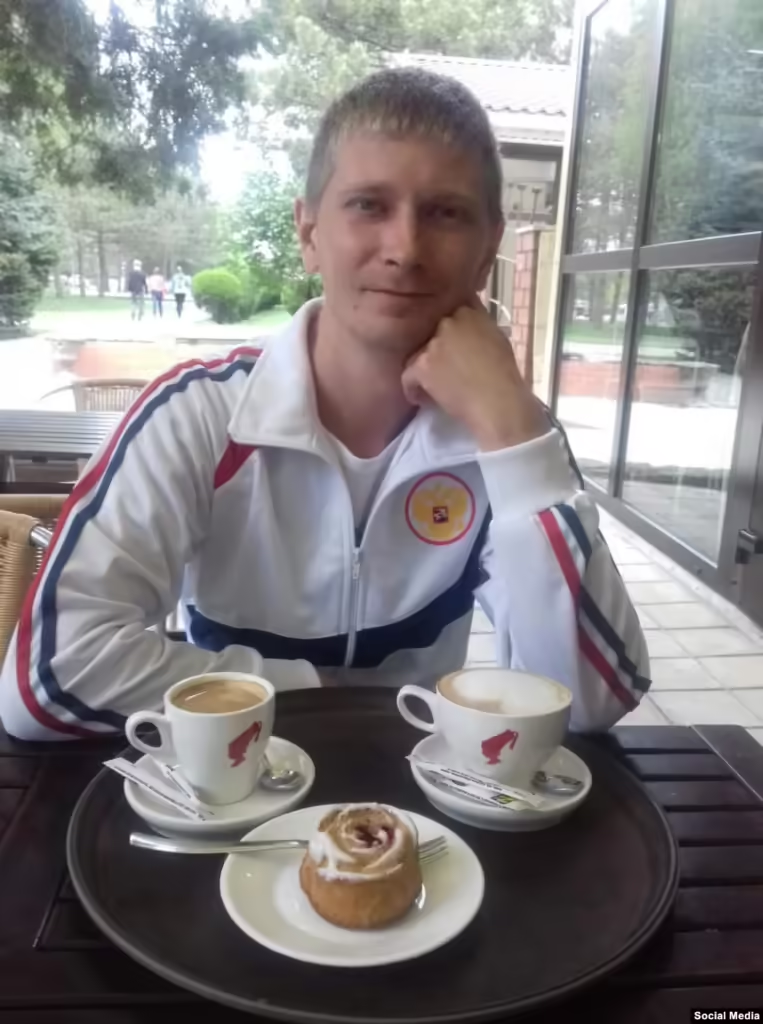
“Worse than beatings”: the psychological torture that cut deepest
Prisoners described how Sorokin forced them to perform degrading acts. He made prisoners crawl across the floor and bark like dogs, according to multiple testimonies. One Ukrainian prisoner became known for his barking ability and received special attention that revealed the doctor’s psychological sadism.
“Every time someone passed by, he had to bark. God forbid he didn’t. The doctor would immediately shout: ‘You, bark!'” recalled Yulian Pylypey, who spent 171 days in the colony.
The degradation followed carefully crafted patterns designed to strip away human dignity. Prisoners were forced to mimic roosters: “Cock-a-doodle-doo, guys, cock-a-doodle-doo!” They had to answer commercial jingles like trained animals responding to cues.
“He would shout ‘Yogurt!’ and we would have to shout ‘Danone!'” said Pavlo Afisov, who endured 614 days of this treatment. “Pepsi!” would be met with “Pshhhhh!” and “Who lives under the sea?” required the response “Spongebob SquarePants!”
Why children’s cartoons and advertisements? Former prisoners realized the randomness was precisely the point and that the absurdity amplified the humiliation.
But the most psychologically devastating question came repeatedly, designed to attack their very identity: “His favorite question for all of us was, ‘Who are you?’ We had to reply, ‘Faggots,'” Afisov recalled.
This wasn’t interrogation or even punishment for specific infractions. Former prisoners described recognizing something far more disturbing—pure cruelty without purpose.
“You could see he was a psychopath,” said Nikita Pikulyk, who spent 336 days in the colony. “He got pleasure from this. Normal people, even cruel ones, usually have a reason. But with him, the cruelty was the reason.”
The psychological torture revealed a mind that found satisfaction in the systematic destruction of human dignity, making prisoners understand they were dealing with someone who tortured not because he had to, but because he wanted to.
Sorokin demanded prisoners shout “Glory to Russian medicine!” If they refused, consequences followed. “Best case, you get shocked a few times by the doctor,” said Pylypey. “In the worst cases, special forces would be called into the cell to ‘educate’ the prisoners.”
“Screaming nonsense, reciting poems or songs—to me, it was one of the most degrading things. Honestly, I would rather be hit with a baton 10 times than do that,” Pylypey shared.
Sorokin seemed to understand this. “He gets aesthetic pleasure from the fact that you stand before him on all fours, your hands raised, eyes closed, you have nothing,” Afisov testified.

United24: Ukrainian soldier tells how Russian surgeon burnt Glory to Russia on his body while in captivity
Pills replaced by electric shocks
Doctor Evil used his medical position to gain access to prisoners, then administered electric shocks instead of treatment. When prisoners requested medical help, he would order them to extend their hands through cell windows.
“Hand, bitch!” prisoners recalled him shouting. Instead of receiving pills, their outstretched hands would be shocked with a stun gun.
“Now I’ll experiment,” Pylypey remembered Sorokin saying before turning the stun gun to “maximum.”
One former POW Oleksandr Kiriienko described the pattern: “Whoever turned to him, he always carried a stun gun. Yes, the door would open, and whoever had asked for him — he’d hit them with the stun gun and say, ‘Will you ask for a pill again?’ Of course, the answer was ‘no.'”
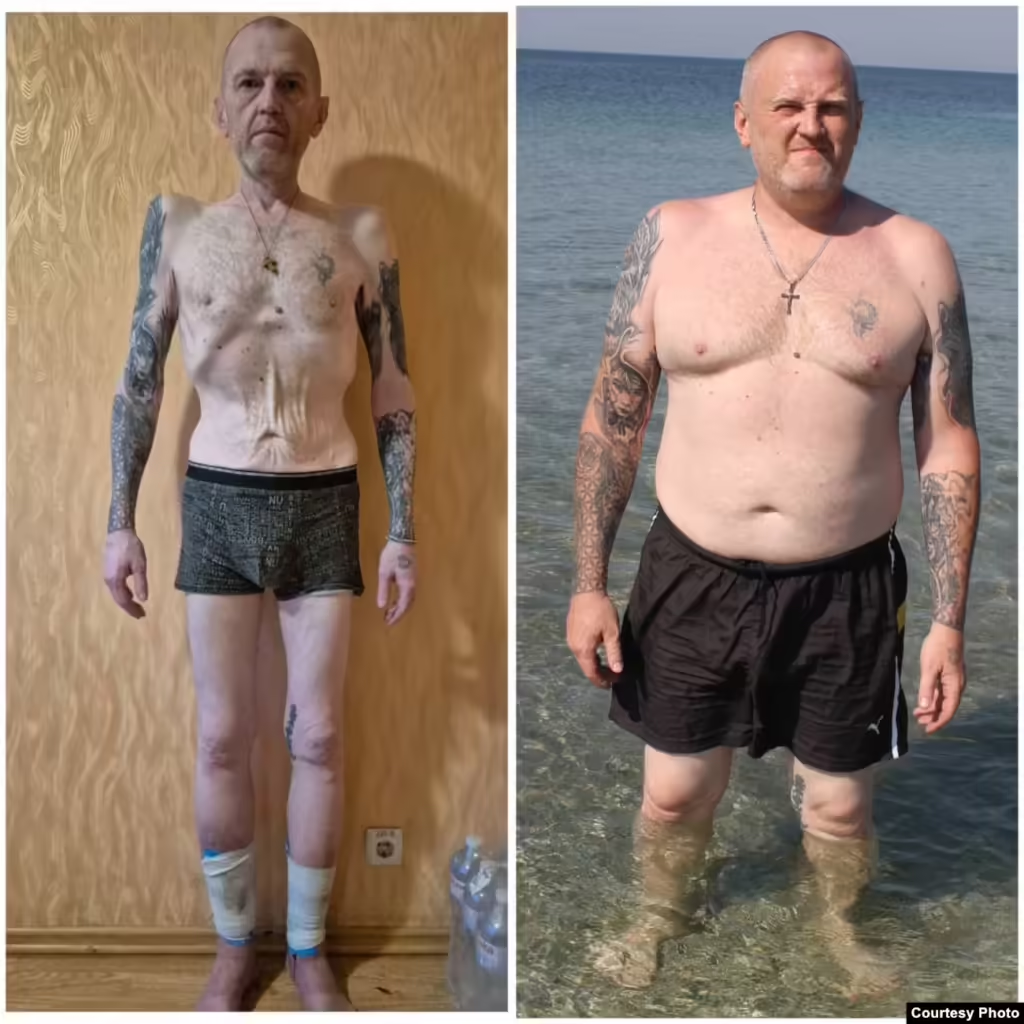
Sorokin’s denial of medical care extended to life-threatening situations. Prisoners reported being refused basic medical supplies and pain relief for serious conditions.
One prisoner with a rotting tooth that caused “agonizing pain” was denied painkillers, according to testimony.
Another case involved Volodymyr Yykhymenko, who died at the prison. His cellmate, Valentyn Poliansky, told investigators that prisoners asked Sorokin to examine Yykhymenko’s bleeding, swollen ear before his death, but the doctor refused.
“You could absolutely never approach Dr. Evil. He didn’t treat anyone,” Afisov stated.
Deaths in Russian captivity are not rare. Four Ukrainian servicemen died at Colony No. 10—two in 2023, two in 2024. Official causes: pneumonia, exhaustion, malnutrition.
However, former prisoners provided starker details: “My cellmate died in front of me—from dystrophy. He died because his legs were badly rotting and there were heart complaints.”
Another wrote to journalists: “Through systematic torture he died before my eyes.”
Russians turn service dogs into torture tools
The colony staff found new ways to terrorize prisoners as months passed. Service dogs, meant for security, became instruments of torture—with Doctor Evil often present to watch the violence unfold.
During what should have been a routine morning inspection, guards forced prisoners to crawl out of their cells on hands and knees. At that moment, staff released a service dog without a leash or muzzle.
“The dog reacted to sharp movements, and since we were crawling, it tried to grab everyone, bite, switched from one to another. It mostly bit hands and legs,” recalled Nikita Pikulyk. “Because of this, the guys had very terrible injuries—wounds that rot and in such conditions will never heal on their own.”
The attacks followed a sadistic ritual. Pavlo Afisov described how guards would position prisoners on all fours while the dog circled them, sniffing. “The dog begins, while you stand on all fours, sniffing you—legs, butt and so on. And then the doctor just tells it the phrase: ‘Try.’ ‘Try carefully or try as you like.'”
The targeting was deliberate and cruel. “One time I felt this on myself. The dog approached, sniffed, chose a place for itself and bit my buttock,” Afisov recalled. “Someone was bitten, I heard, in the balls. Some were bitten to blood.”
Guards controlled the violence like a twisted game, giving commands that turned medical examinations into torture sessions. The psychological impact matched the physical wounds—prisoners never knew when the next “inspection” would bring teeth instead of routine checks.
“I love my wifey” – the torturer next door
So who is Ilya Sorokin, aka Doctor Evil, when he’s not torturing prisoners? Schemes found years of social media posts. A 34-year-old from Potma village. Married with two daughters. Salary: 680,000 rubles ($8600) annually by 2021.
His posts show a typical provincial Russian. Sorokin participated in May 9 military parades wearing Soviet-era uniforms, visited the Crimean Bridge shortly after its opening in 2018, and posted messages supporting Russia’s military with Z-symbolism.
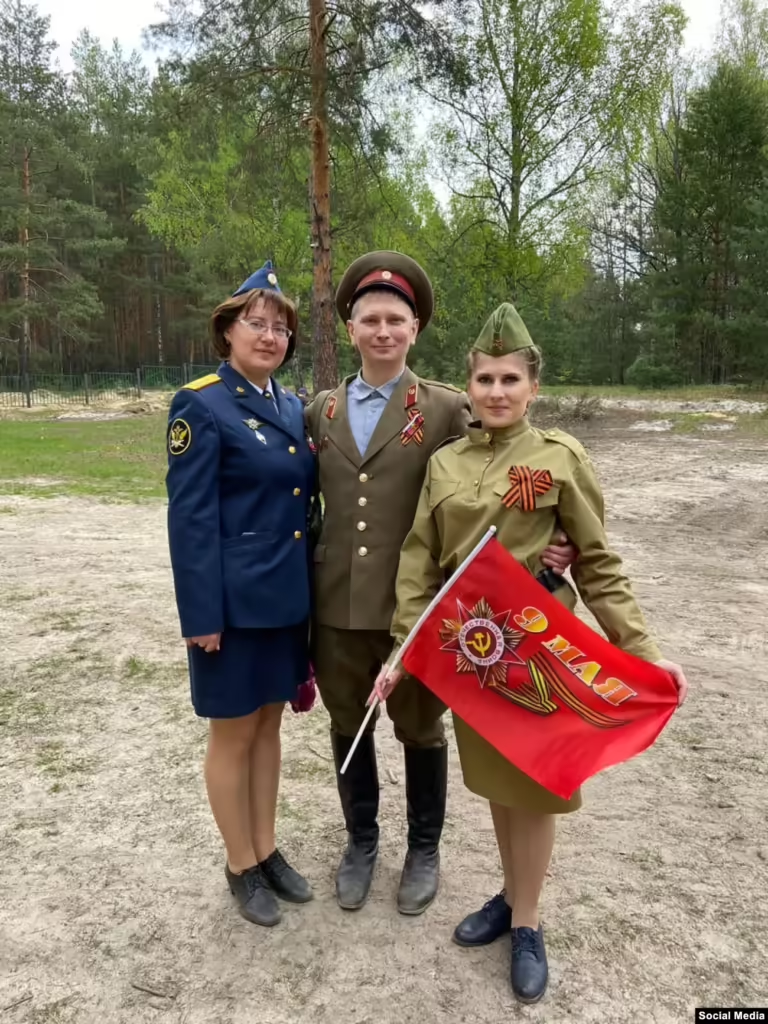
Professional pride also runs through his online presence. He celebrates Medical Worker Day. Posts comedy skits with nurses. Receives awards as “best paramedic” for “conscientious fulfillment of civic duties.”
This ordinariness reflects what philosopher Hannah Arendt called “the banality of evil” in her study of Nazi official Adolf Eichmann — how perpetrators of systematic atrocities often appear as “terrifyingly normal” bureaucrats rather than obvious fanatics.
Sorokin fits perfectly. An enthusiastic joiner of committees and trade unions. Amateur performer at workplace parties. Devoted family man “I love and adore my wifey!” he writes on his Vkontake page.
Who becomes a torturer? Sometimes, just ordinary people given permission.
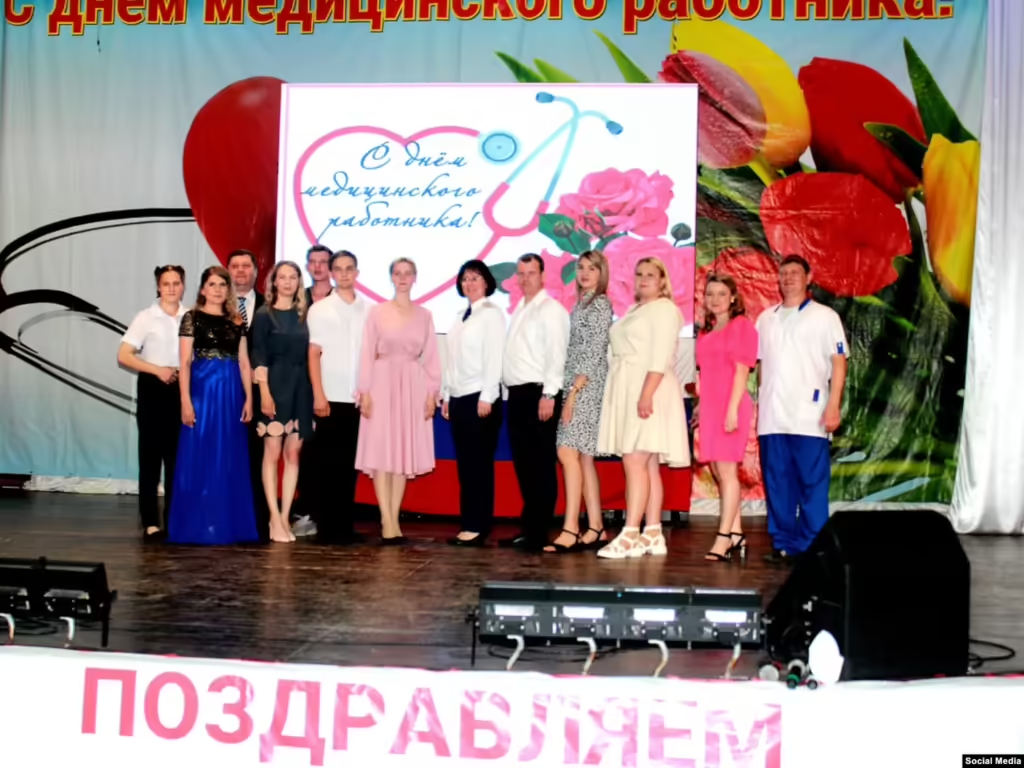
Sorokin denies accusations
When Schemes reporters contacted Sorokin directly, the conversation lasted only moments.
“Ukrainian servicemen returning from captivity in Russia, who were held at Penal Colony No. 10, identify you as the person who tortured and beat them,” the journalist stated.
“That can’t be true. I don’t work there,” Sorokin replied before hanging up. He blocked the number after two additional contact attempts.
The Federal Penitentiary Service and Colony No. 10 administration did not respond to requests for comment.
Orders from above: systematic cruelty in Russian prisons
The reporters found that the abuse at Colony No. 10 was not the result of individual initiative but part of coordinated policy. Former prisoners reported that guards explicitly stated they were following orders.
“This is all from their initiative. The ‘guards’ said this repeatedly. Like, we didn’t invent the regime. But it’s an instruction,” one prisoner testified.
Earlier, The Wall Street Journal also reported that elite prison guards received orders that “normal rules” would not apply to Ukrainian prisoners of war, with these guards then circulated to prisons across Russia.
Russian prisons were known for harsh conditions and abuse of their own citizens even before 2022. However, the systematic torture of Ukrainian prisoners of war represents an escalation of these practices under official sanction.
As prisoner rights advocate Olga Romanova noted, prison doctors in Russia become “Federal Penitentiary Service of Russia (FSIN) staff first, and doctors second,” reporting to military rather than medical leadership. This structure enabled medical professionals like Sorokin to abandon their healing mission in favor of systematic torture.
The case of “Doctor Evil” demonstrates how ordinary individuals can become instruments of state-sponsored war crimes when institutional structures provide both permission and protection for such behavior.
Not surprisingly, Sorokin recently joined the Russian army as a company medical instructor. His call sign? “Doctor.” Without the “evil” part.
However, his old job waits for him when the war ends.
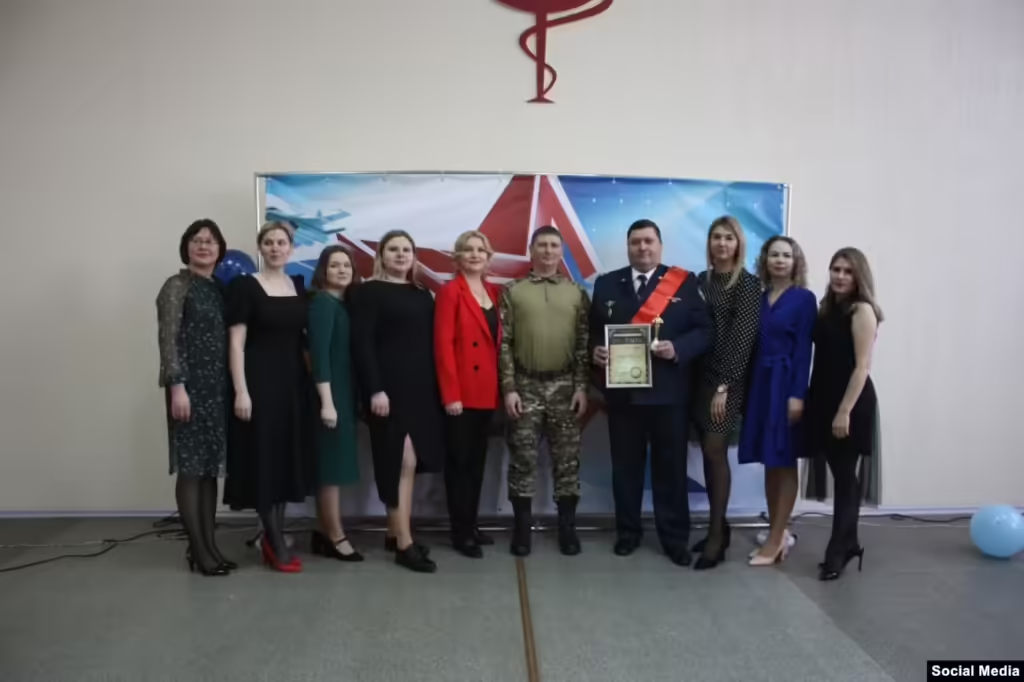
How many more “ordinary” people are committing war crimes while planning their return to normal life? The investigation into Colony No. 10 suggests this case isn’t unique—it’s systematic.
Healing after hell: Ukraine opens mental facility for torture survivors
The scale of documented abuse led Ukraine to establish its first mental health facility dedicated specifically to released POWs and torture survivors.
The Saint Leo the Great Mental Health Center opened in Lviv on 24 June, designed to serve approximately 1,000 patients annually. The facility includes 30 beds, individual and group therapy spaces, and art therapy workshops. Patient rooms resemble residential spaces rather than hospital environments—a deliberate choice for people who’ve endured institutional abuse.
The center targets individuals returning from captivity, those recovering from losses, and people managing trauma from wartime experiences. For survivors like those from Colony No. 10, healing means confronting not just physical wounds but the systematic degradation designed to destroy their humanity.
Some carry permanent reminders. Others, like the former prisoners who spoke to Schemes, work to expose their tormentors. All face the long process of rebuilding their psychological health after systematic efforts to break their spirits.
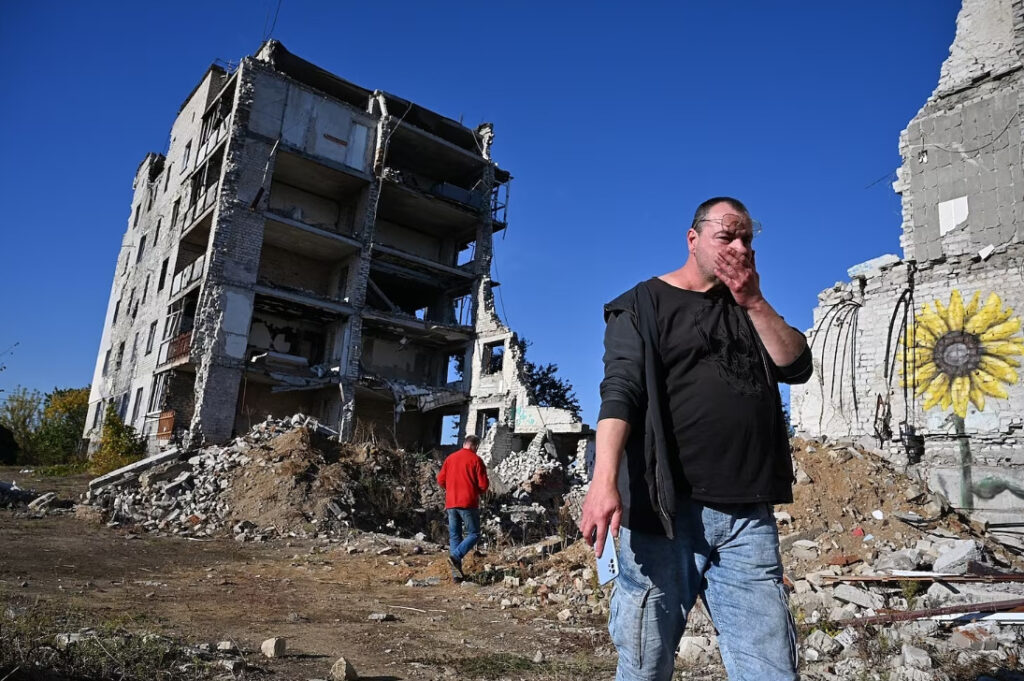
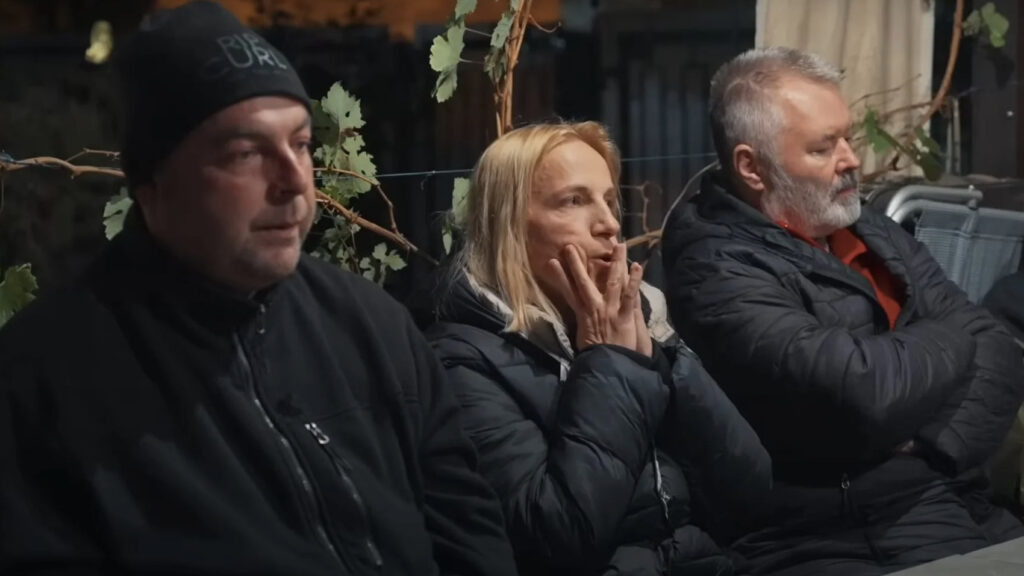
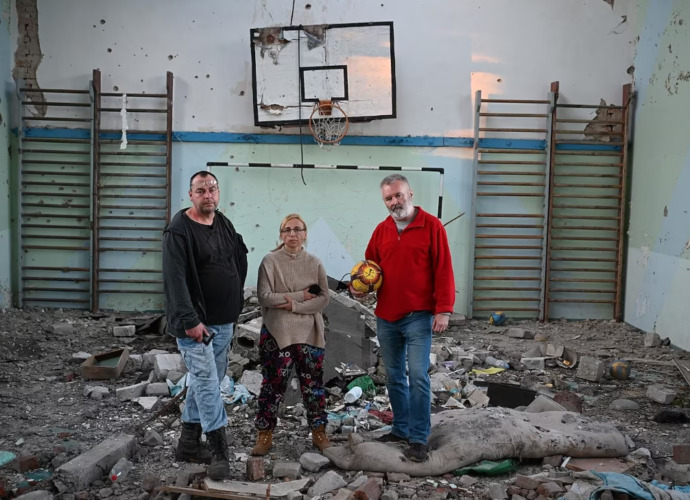
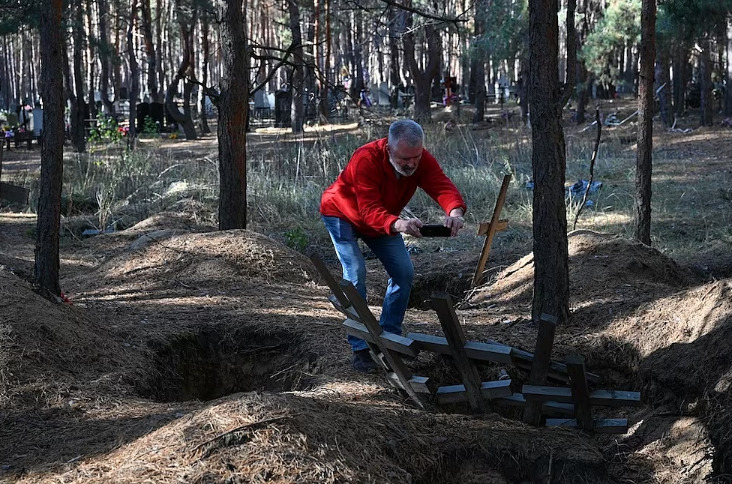
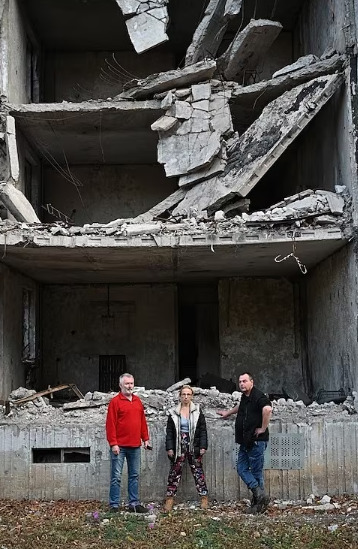

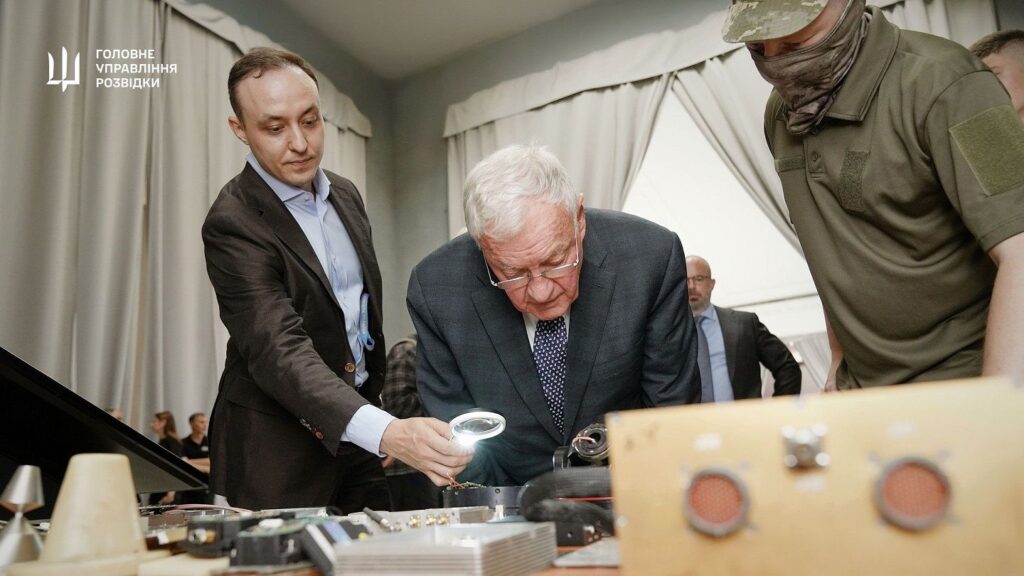





 98 drones intercepted in total across 8 regions.
98 drones intercepted in total across 8 regions.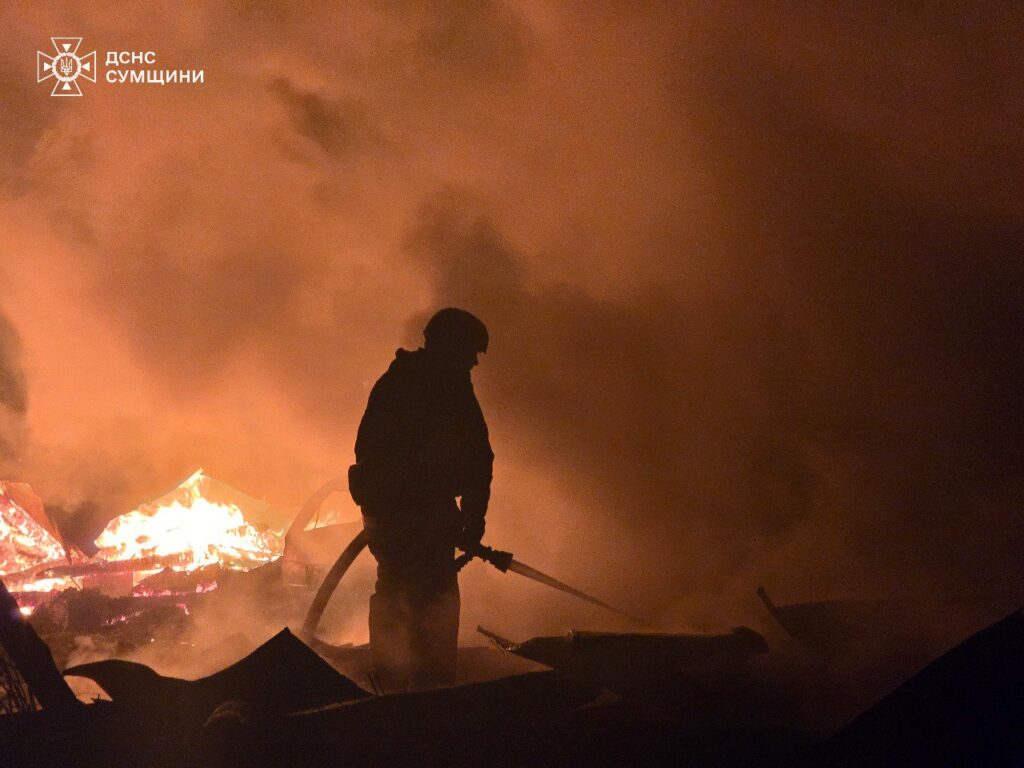

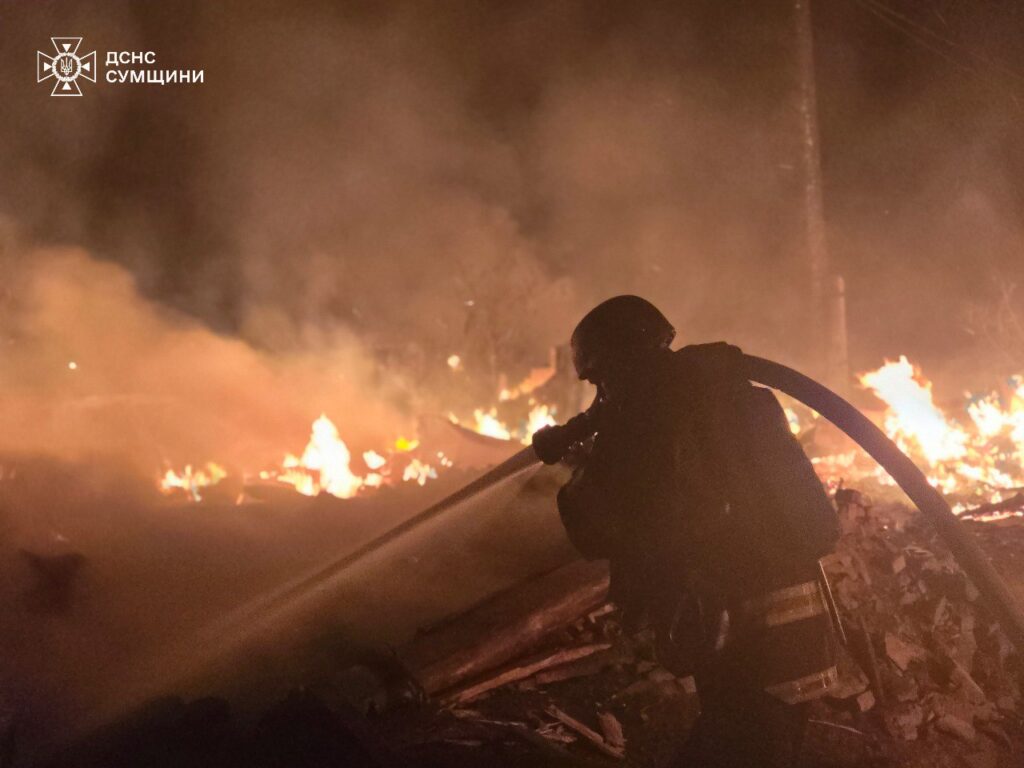

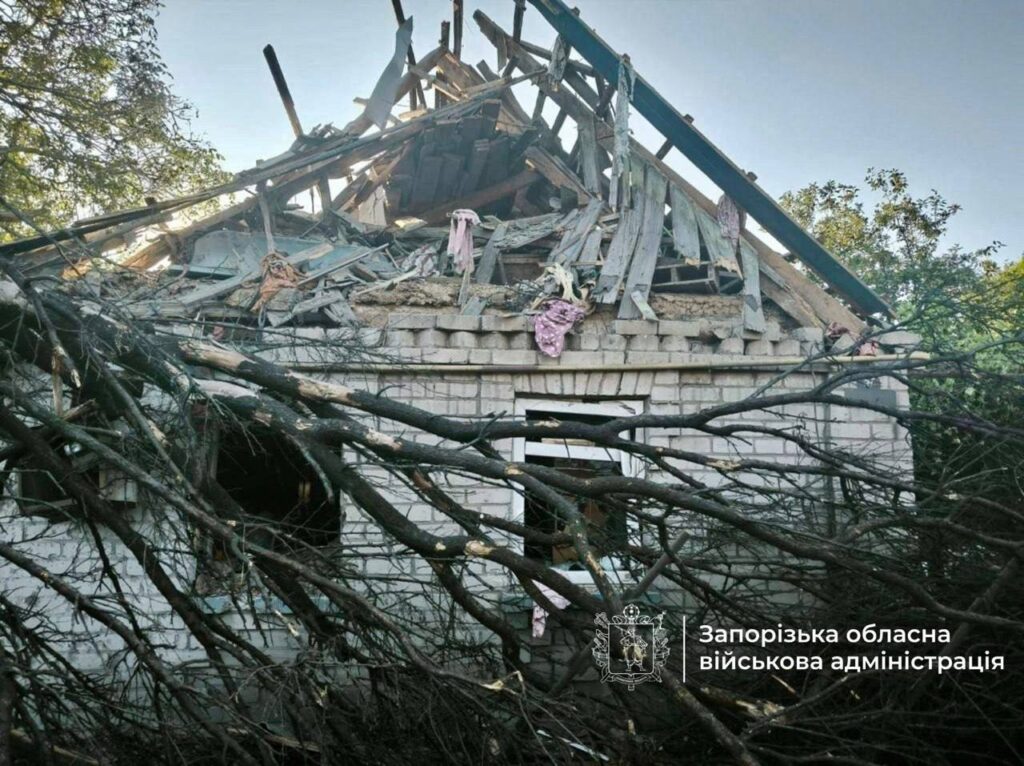

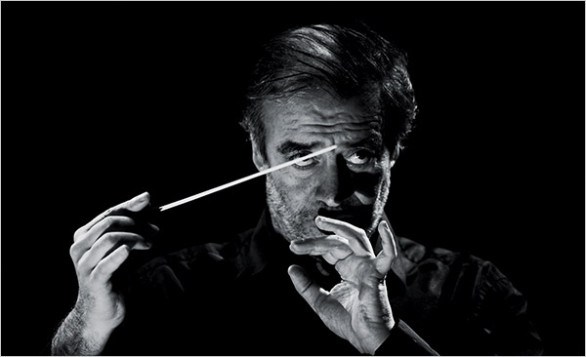






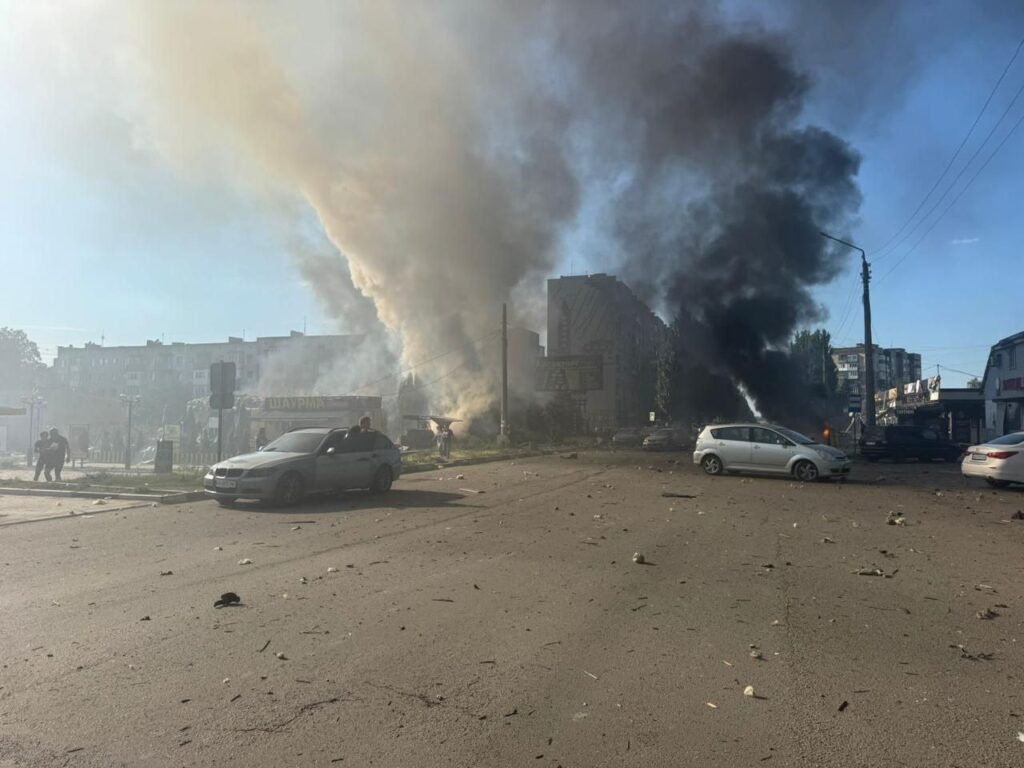

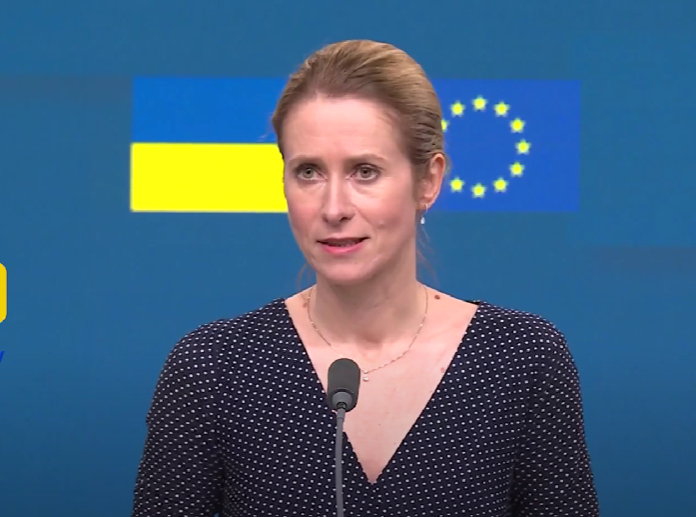
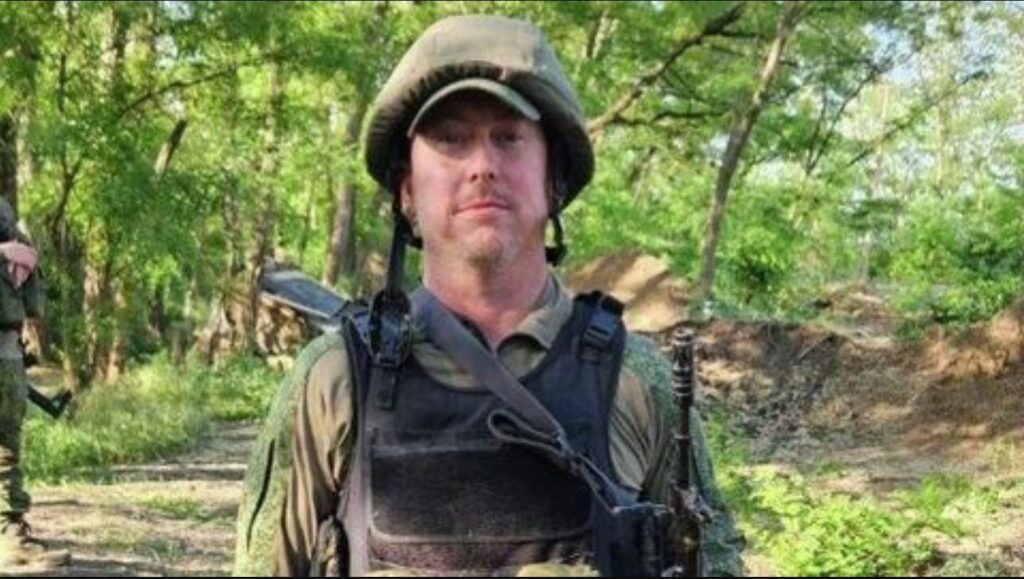
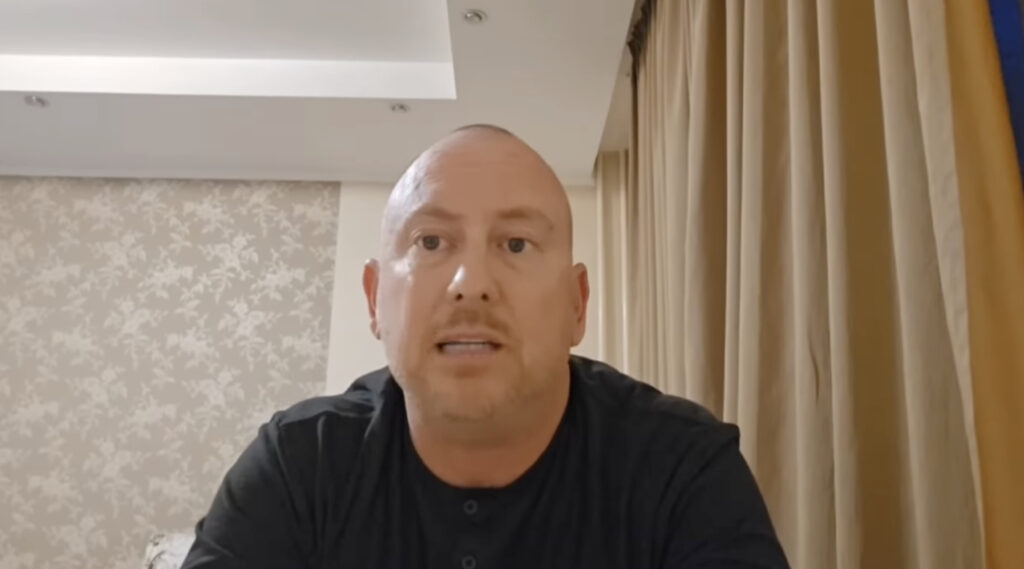
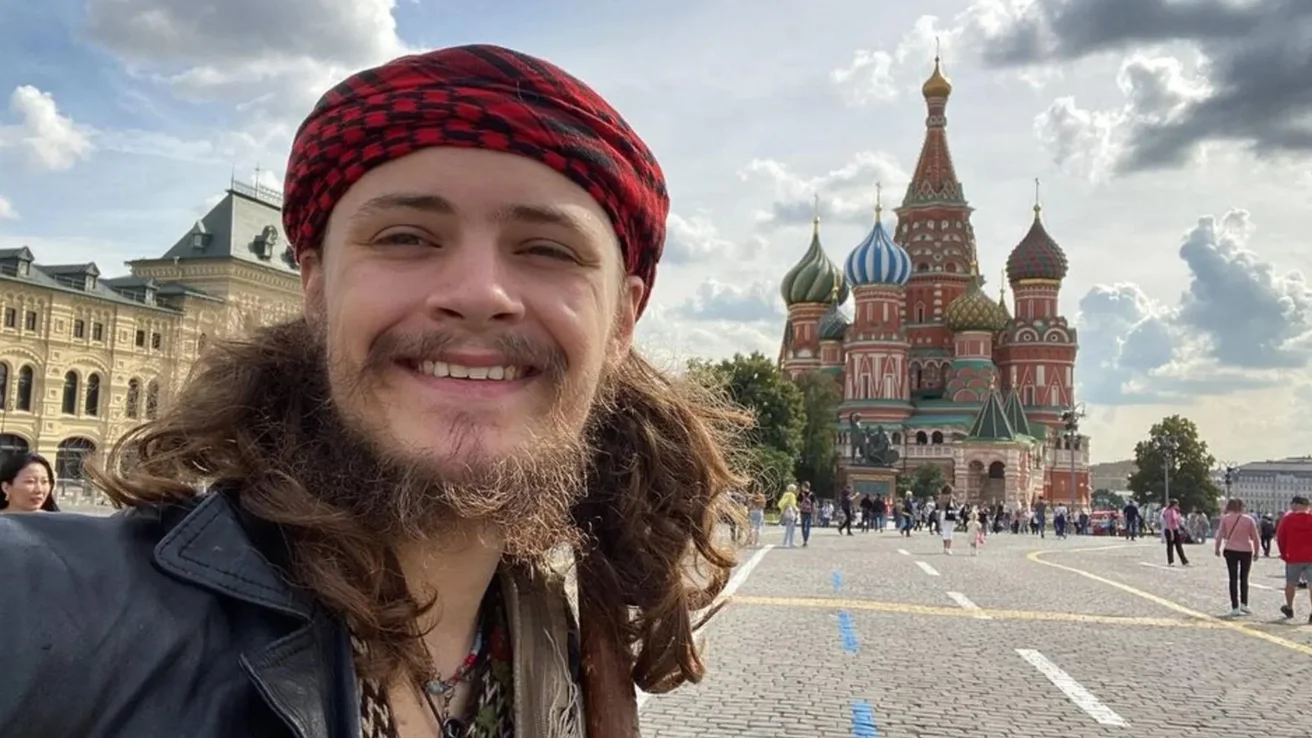






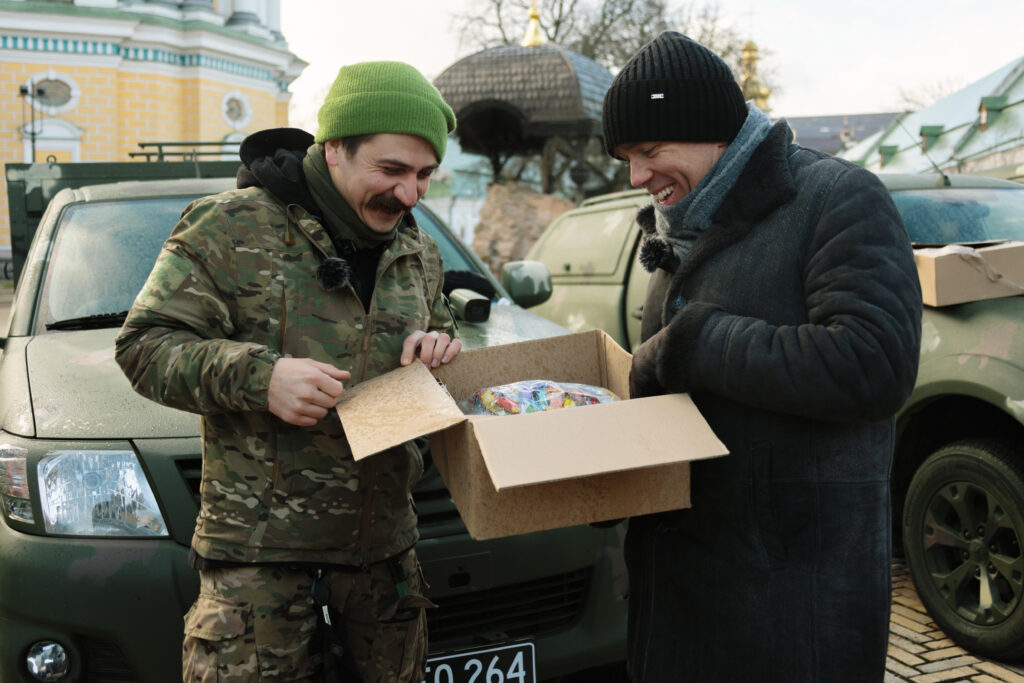
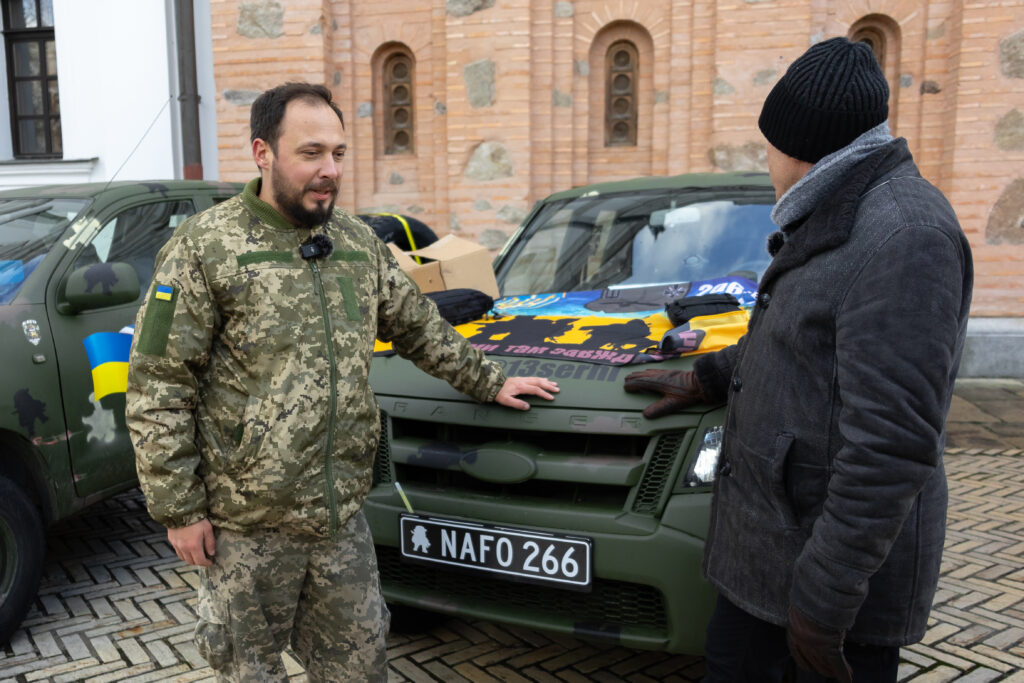
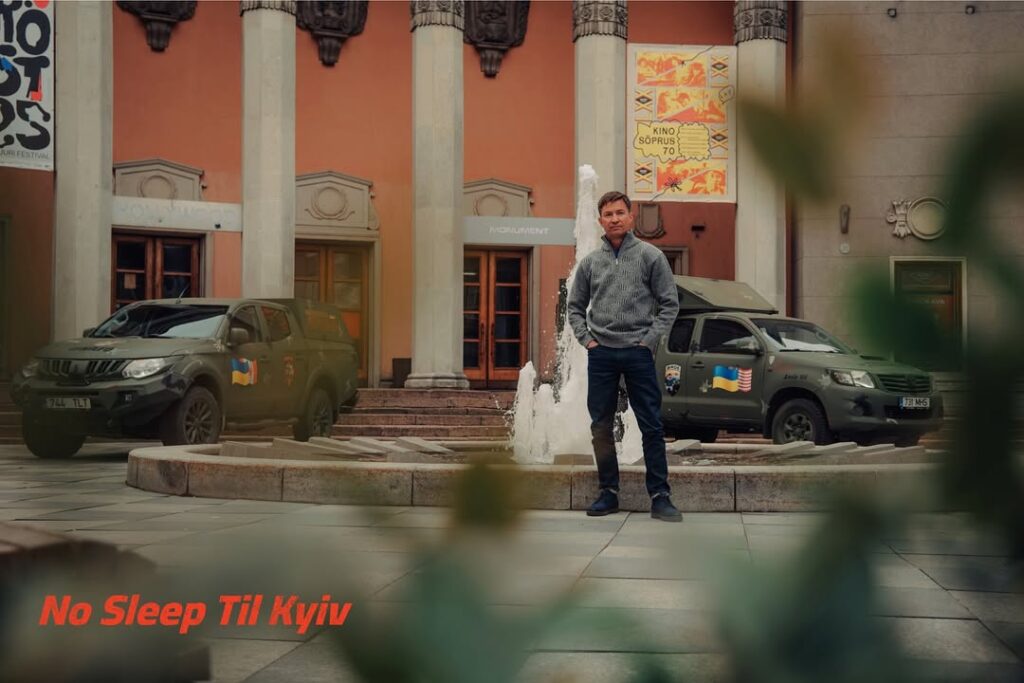


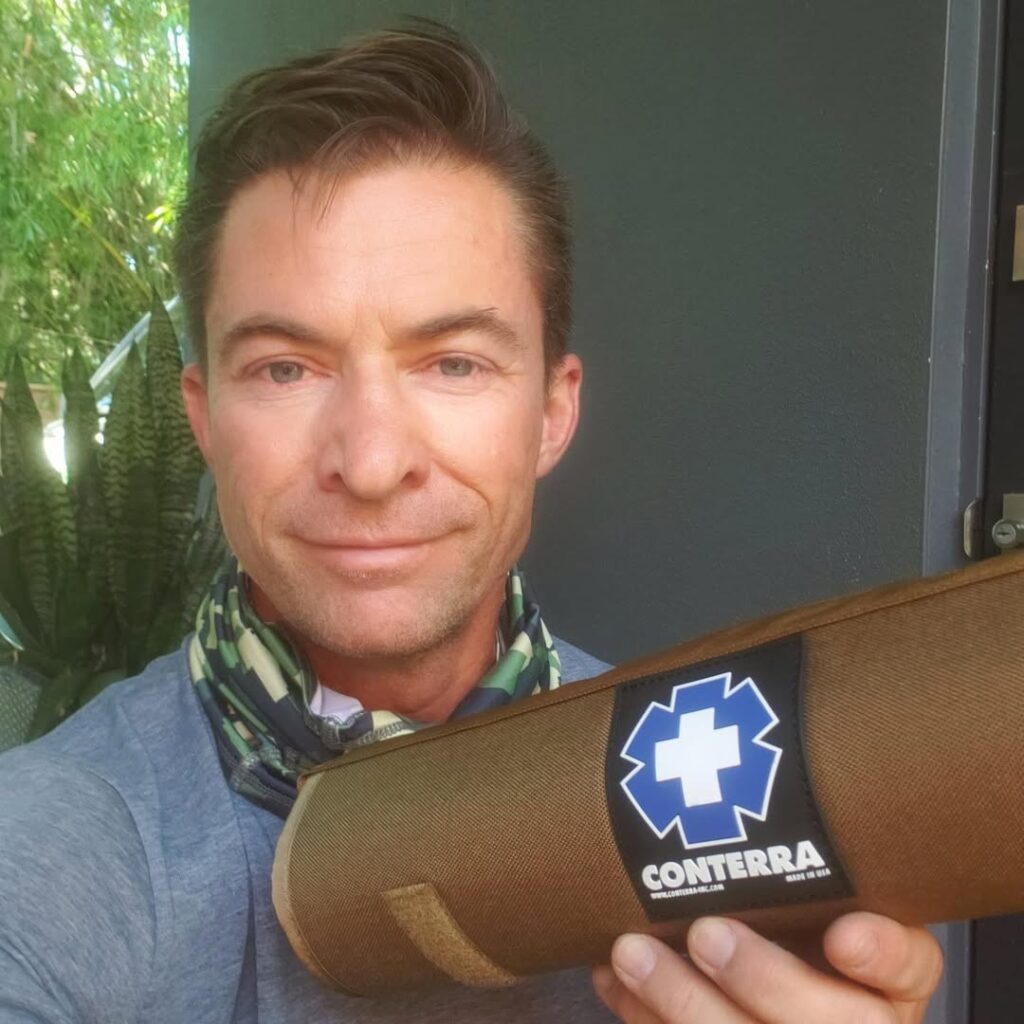
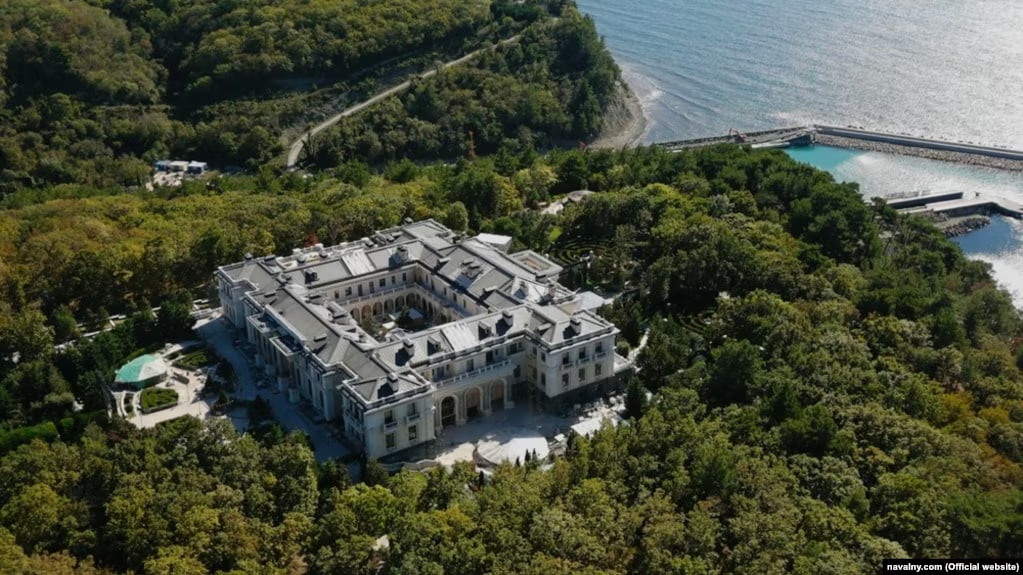
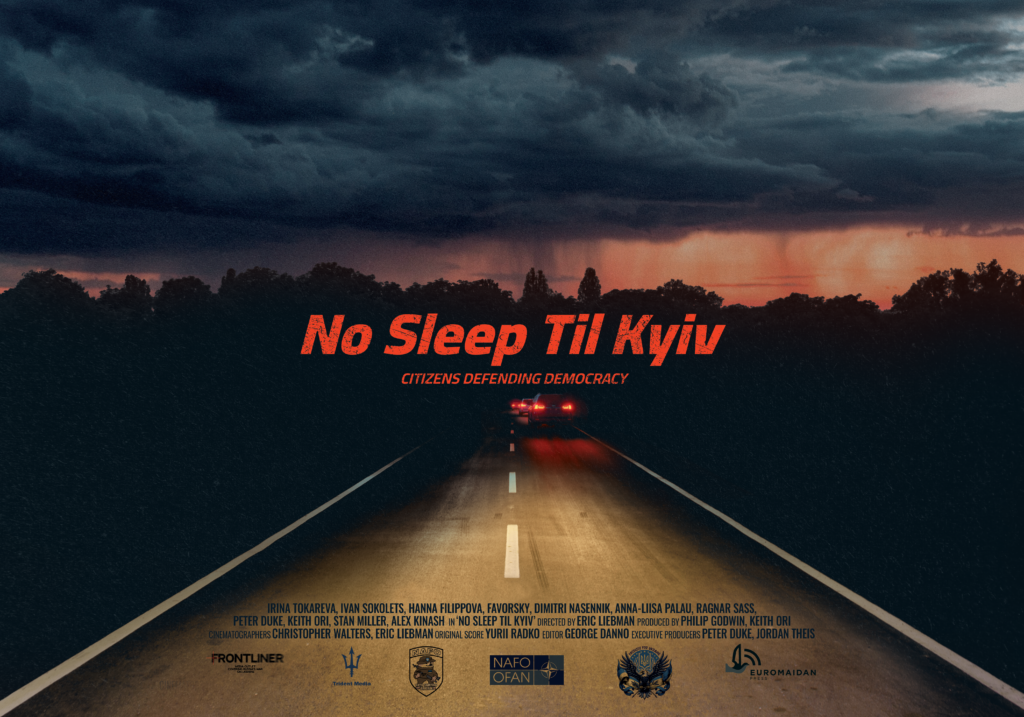







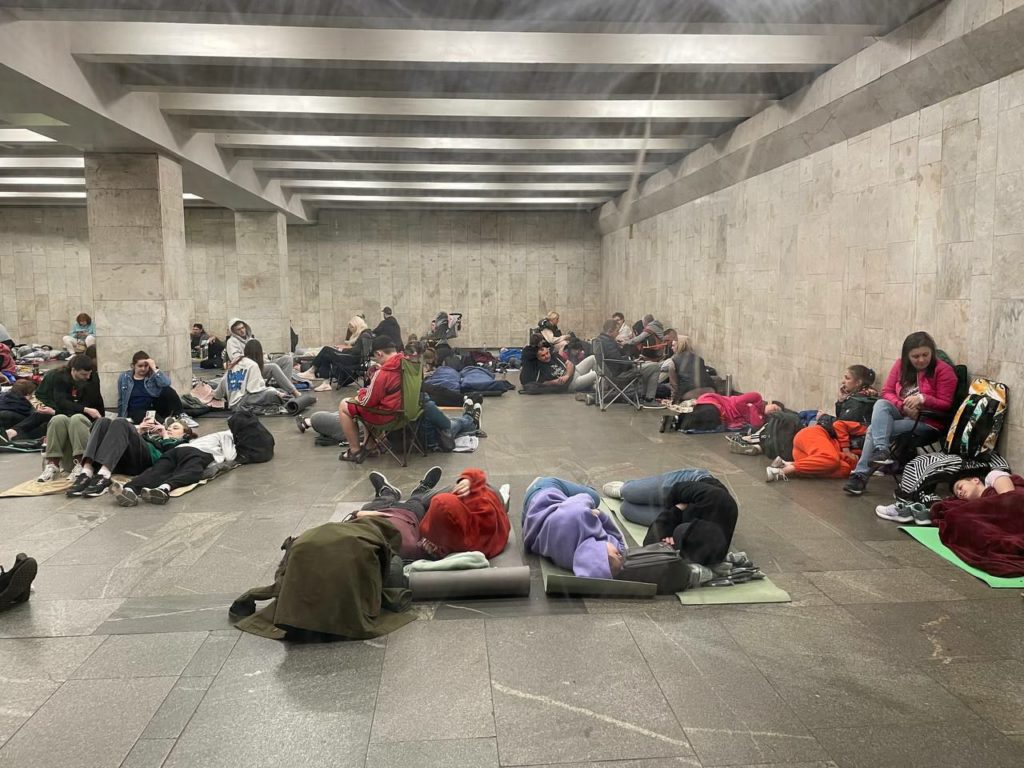

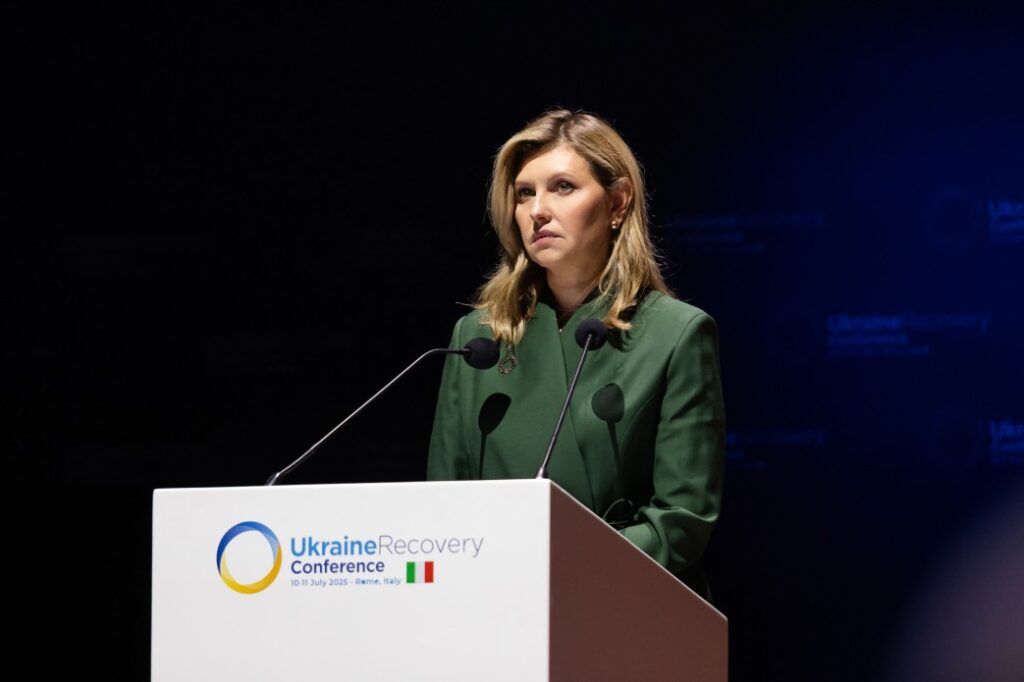
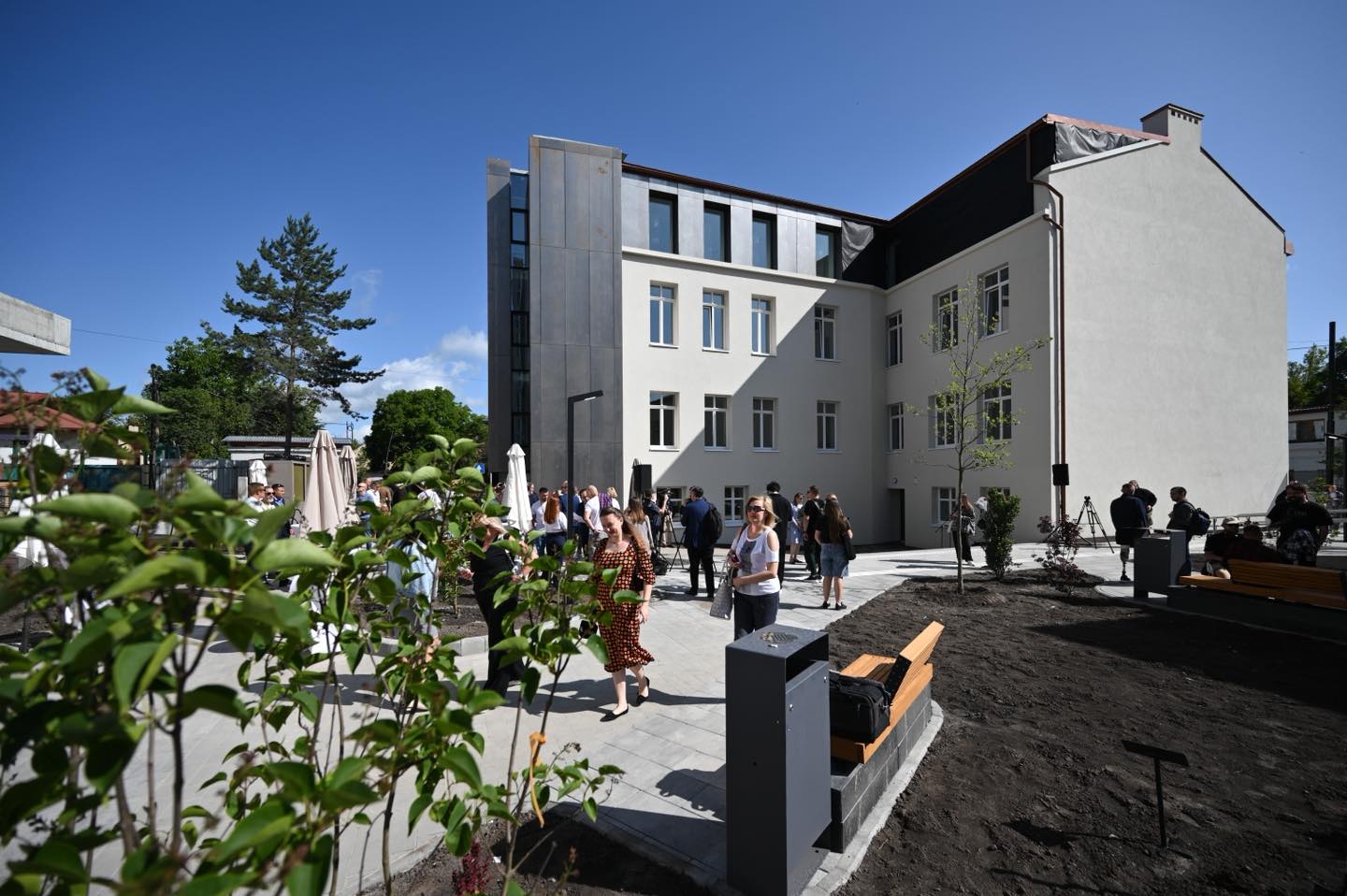


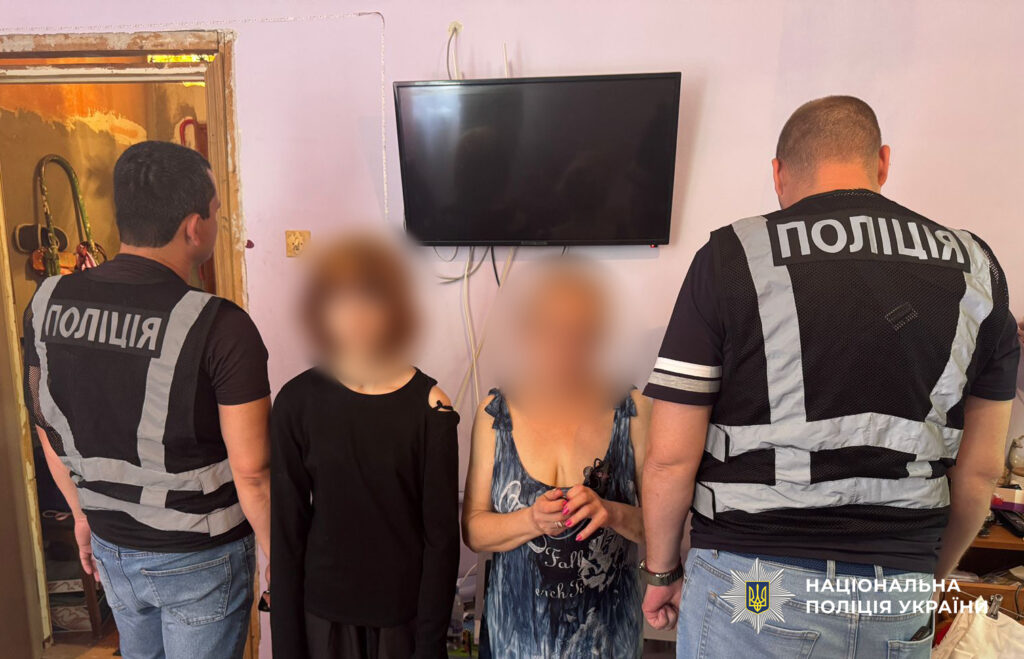


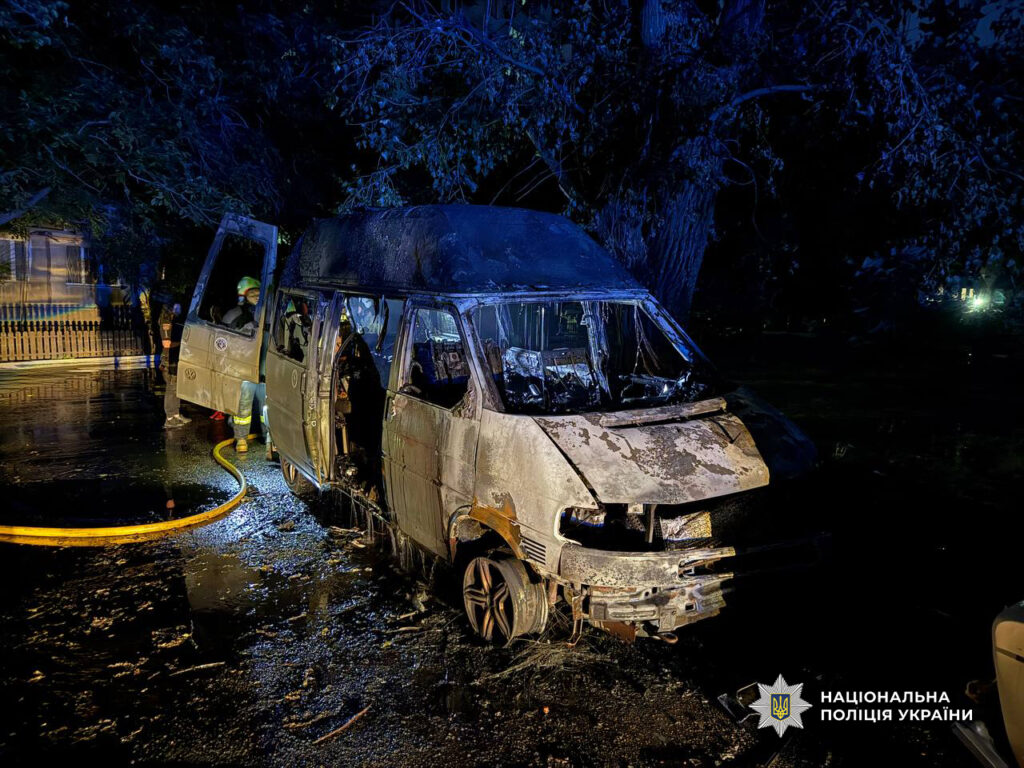

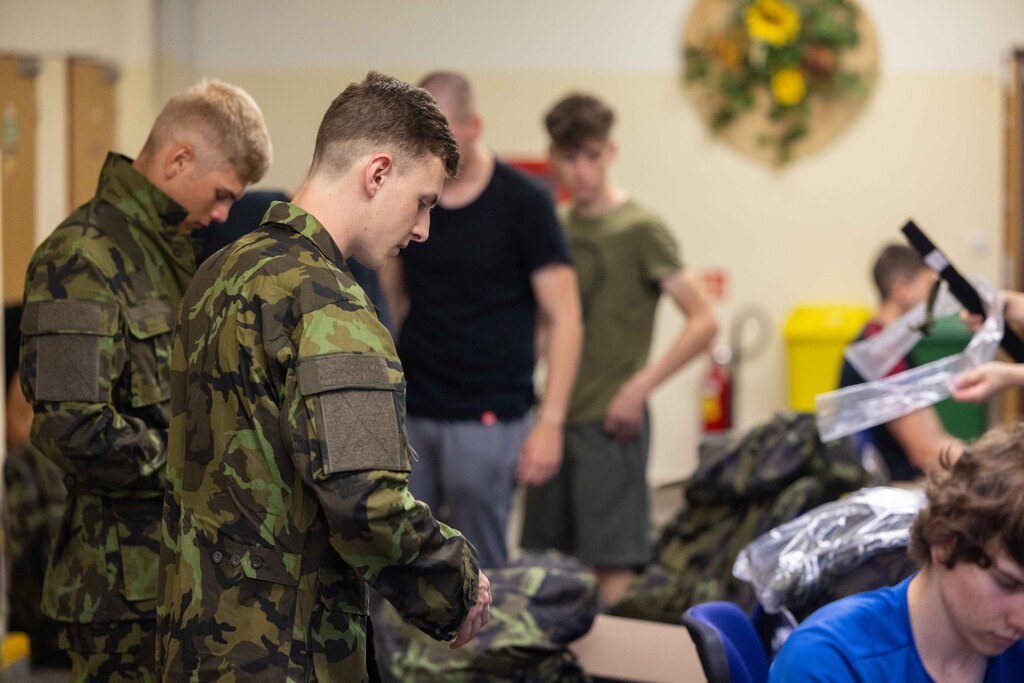


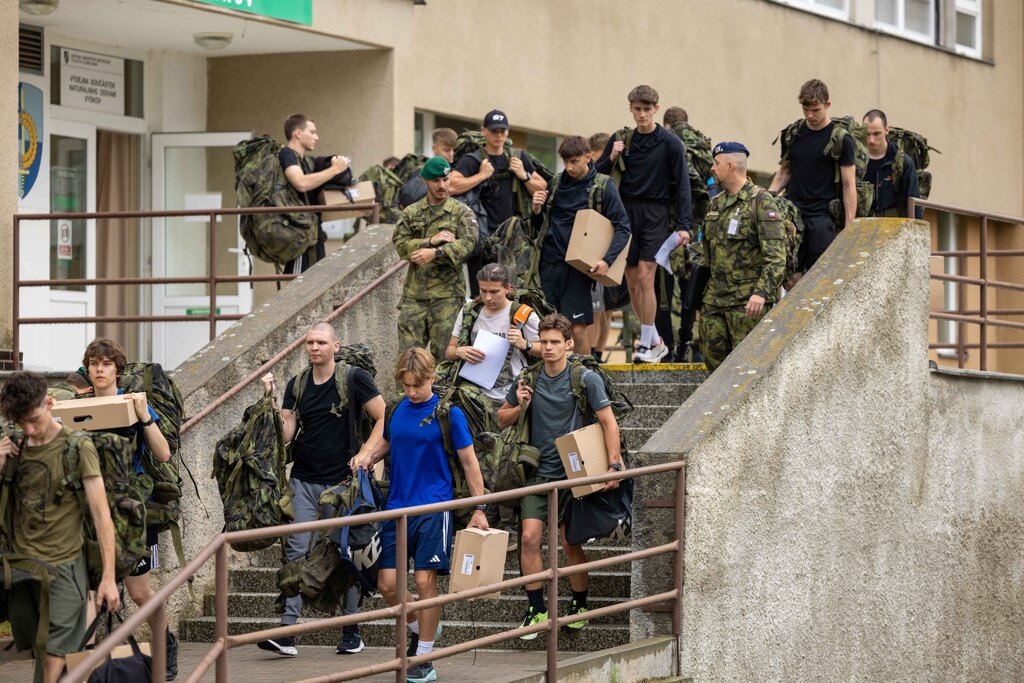
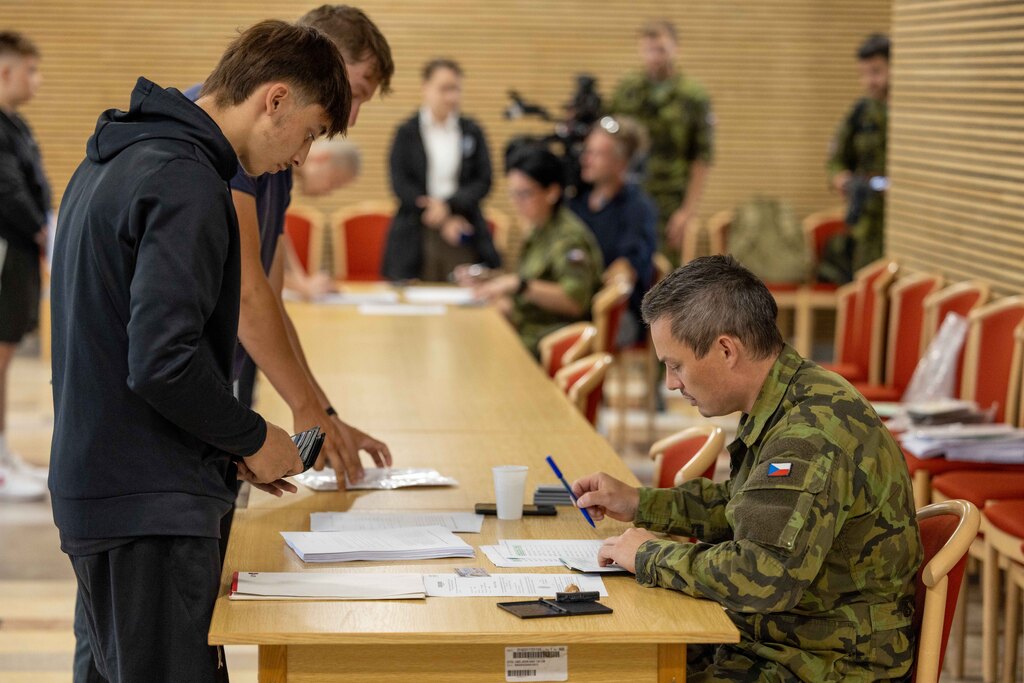
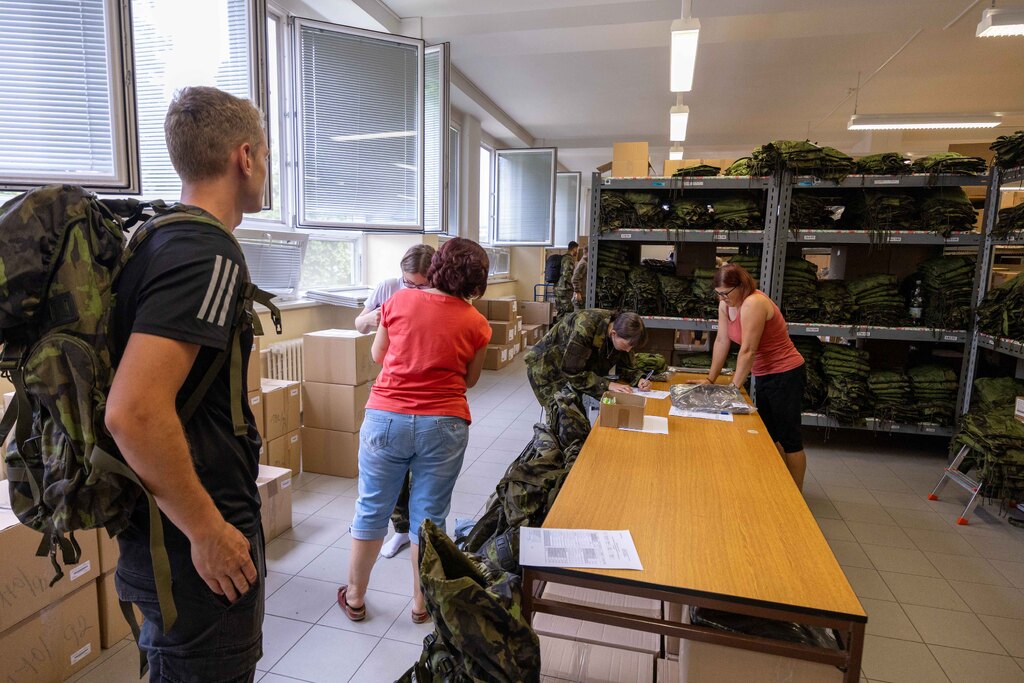
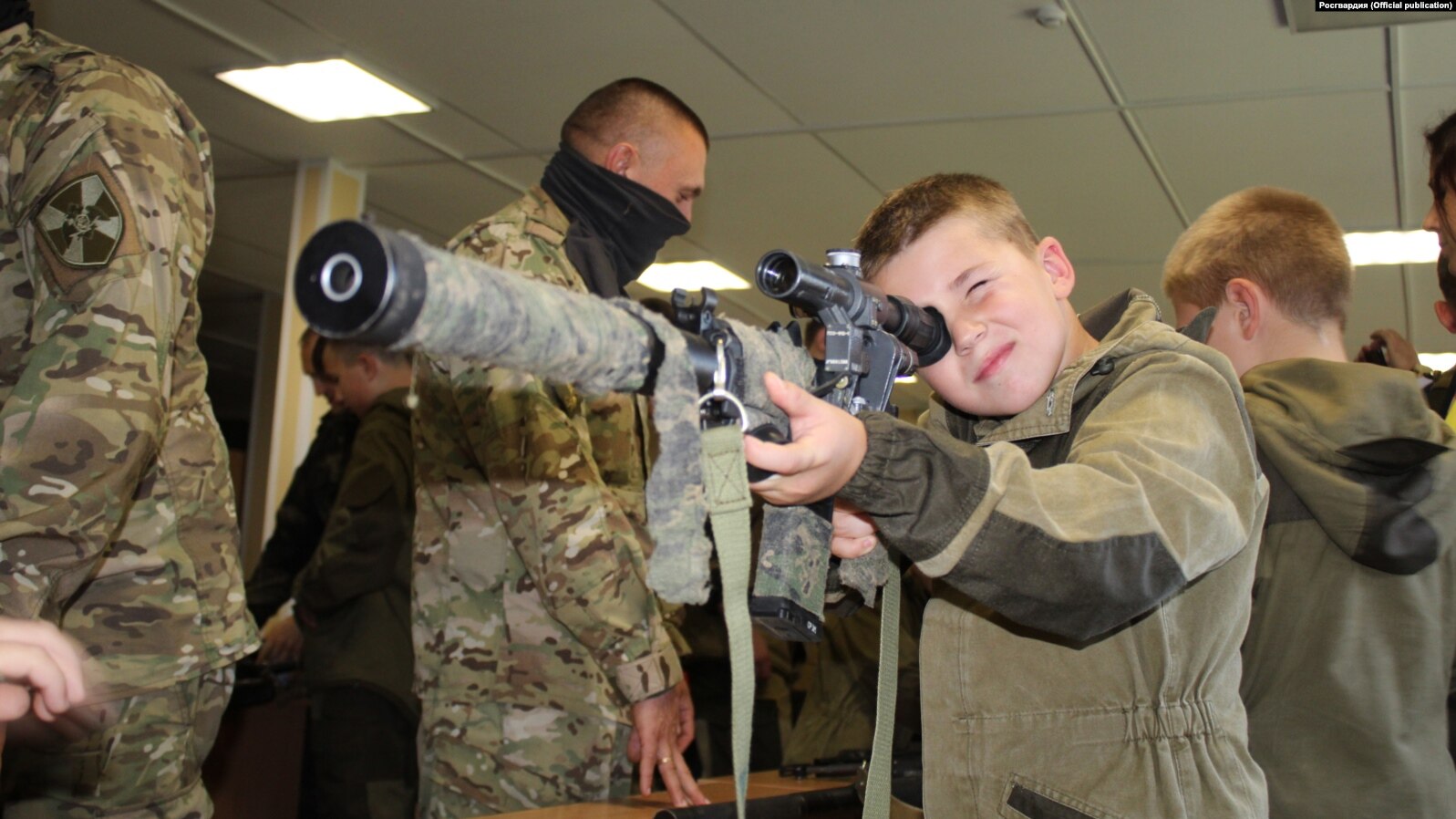


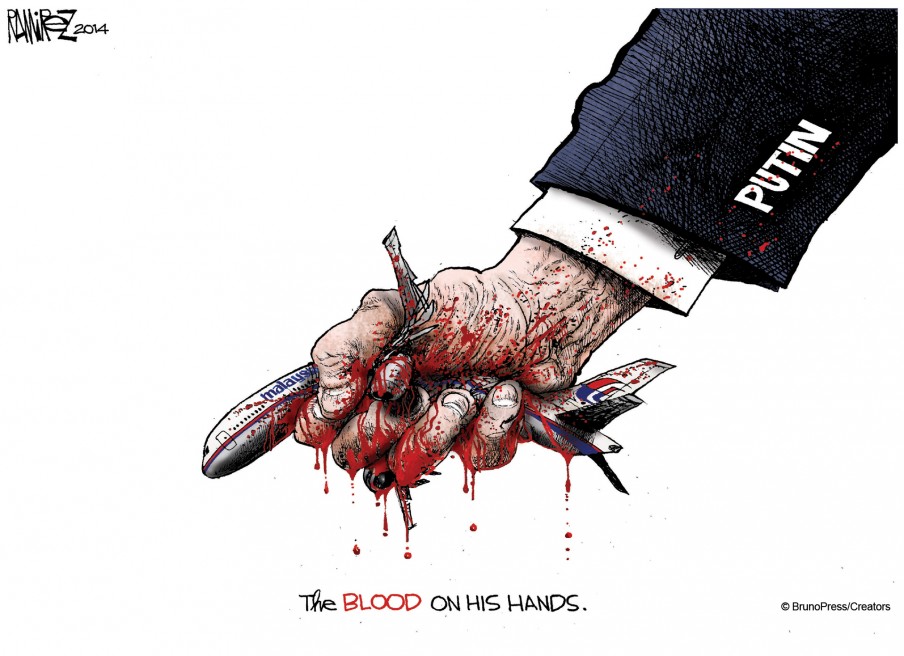
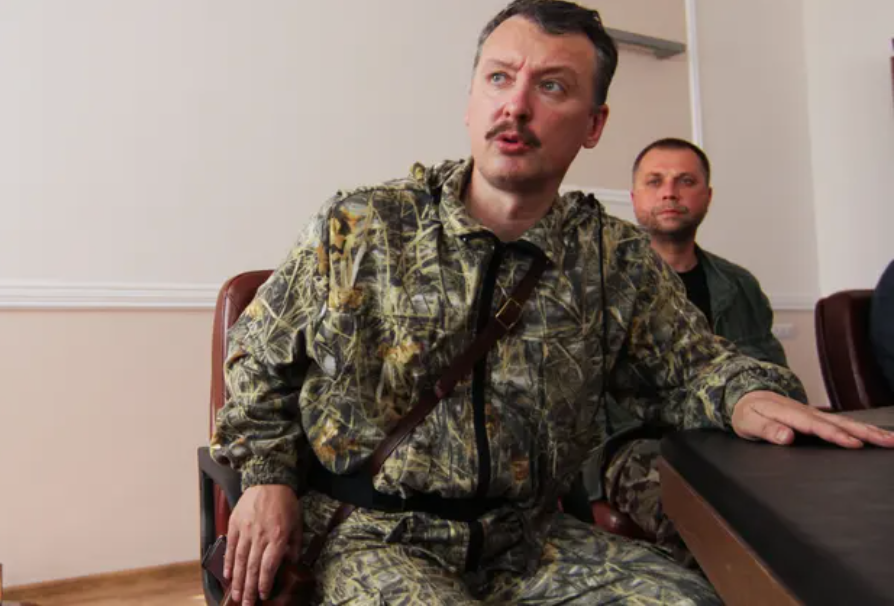



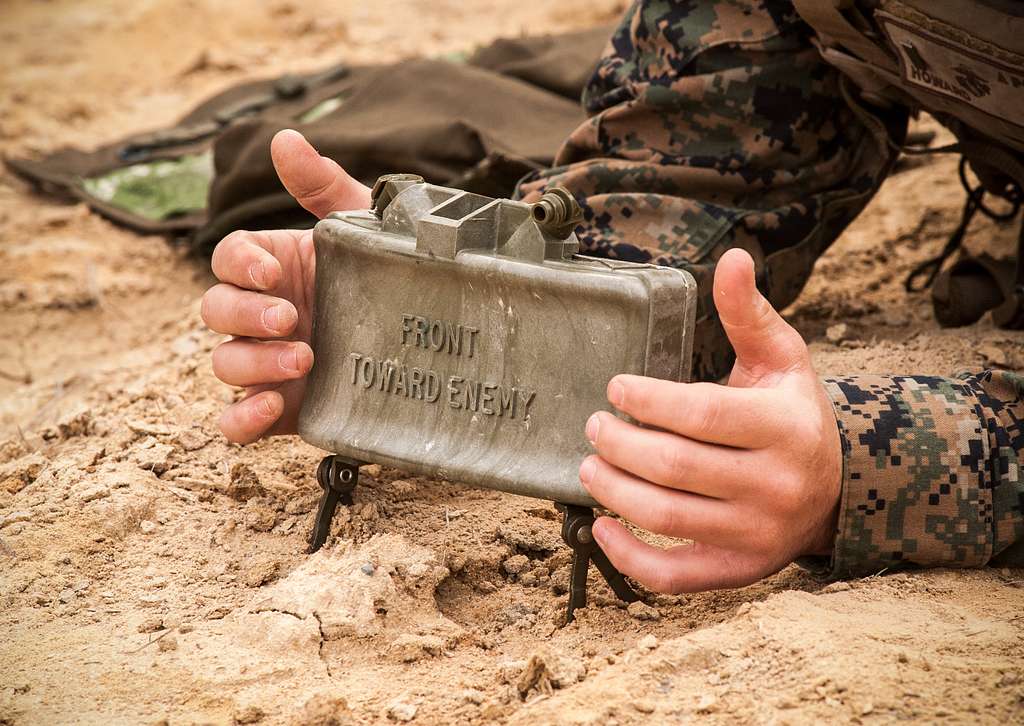
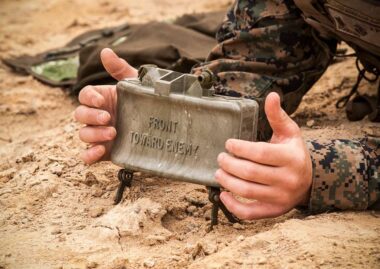


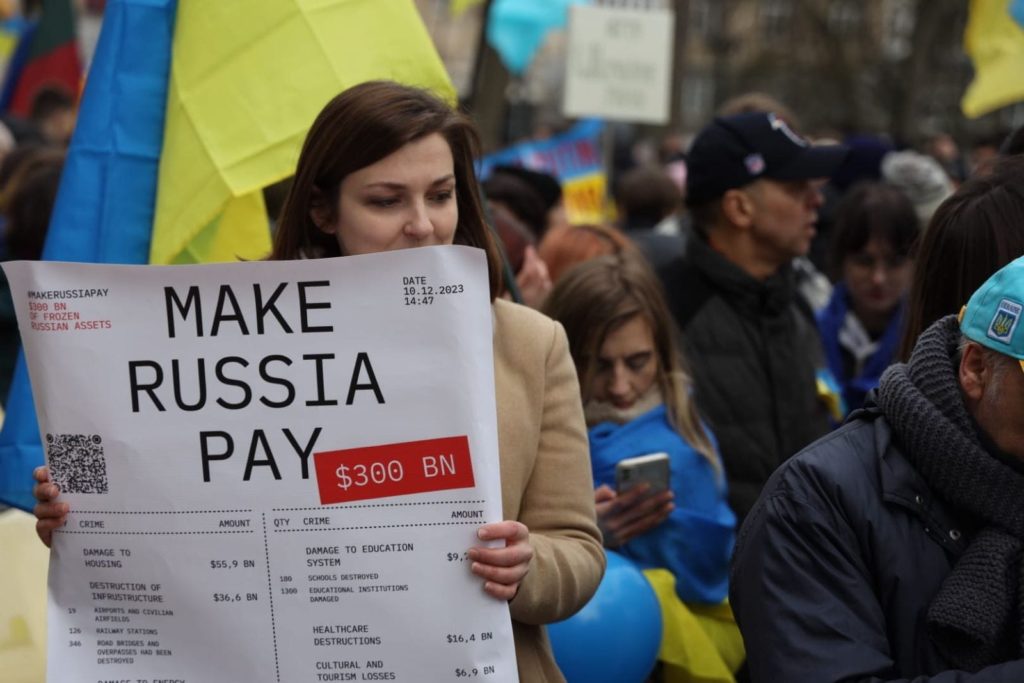






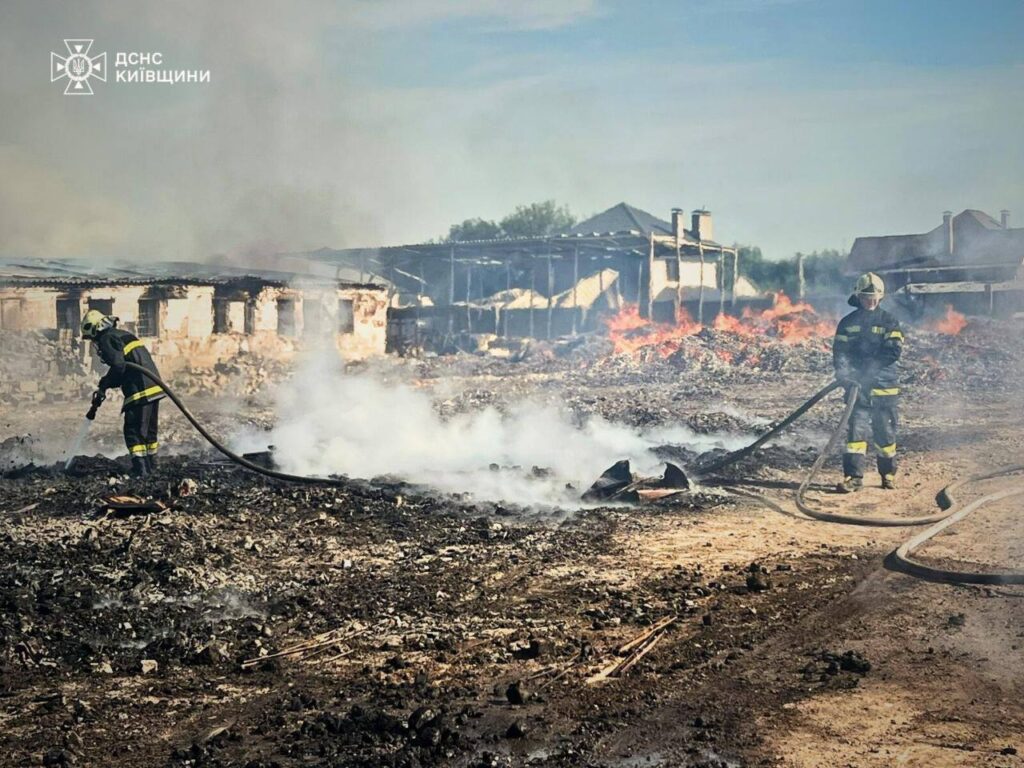

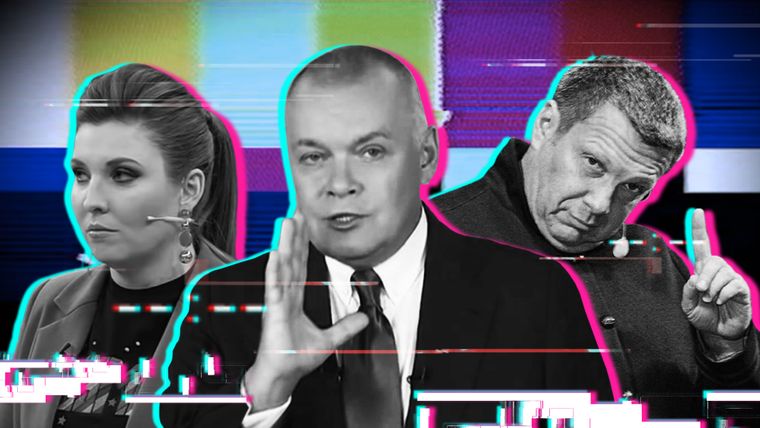
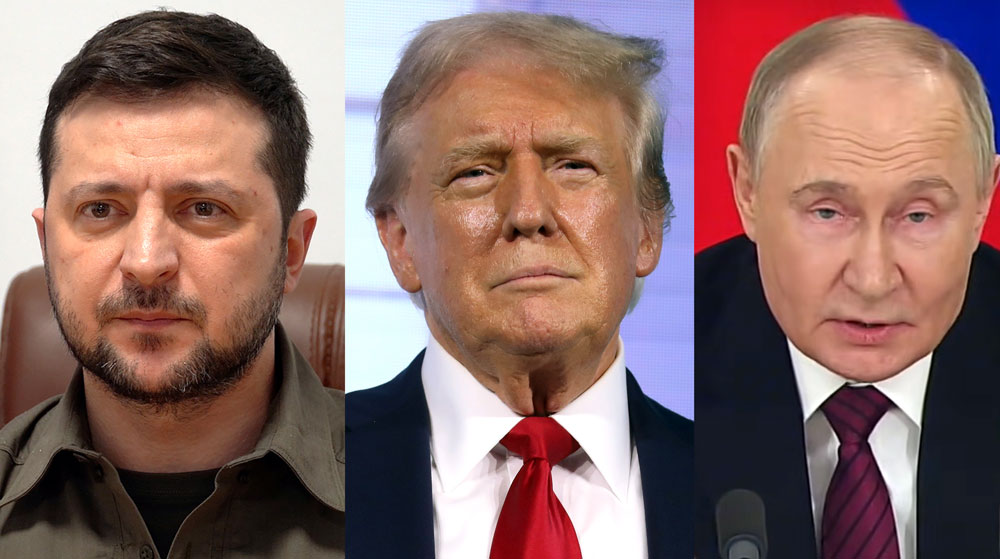



















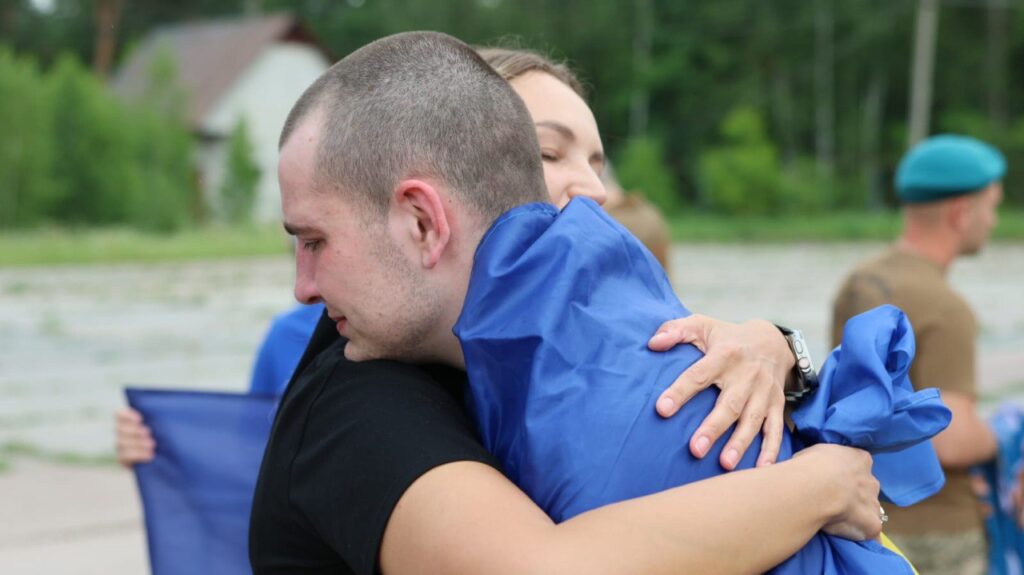
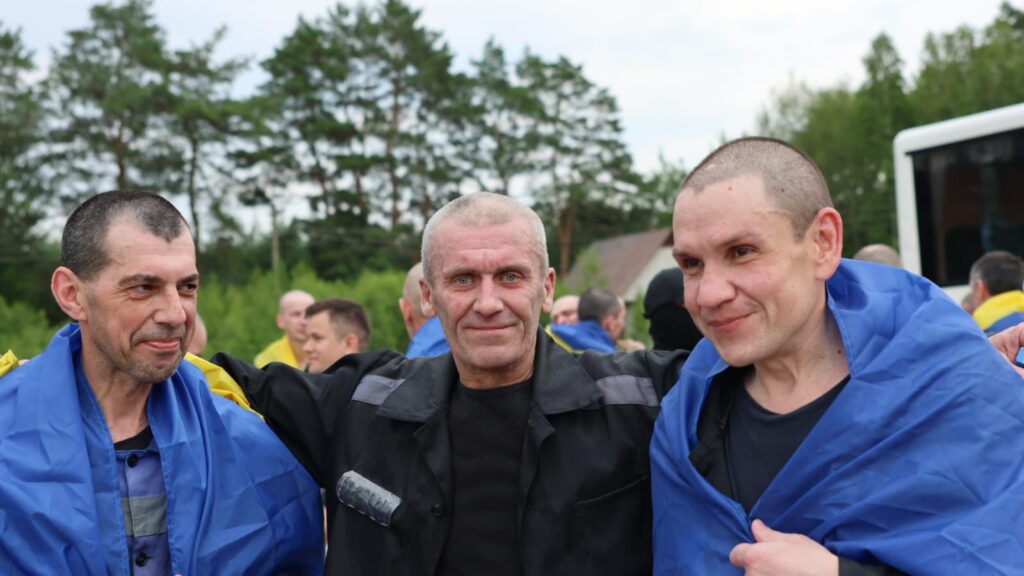

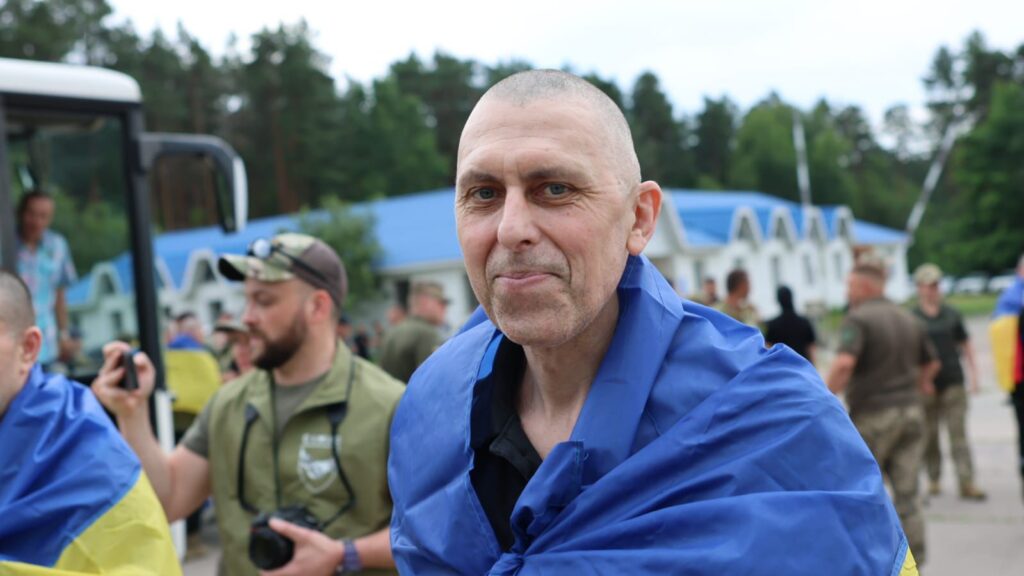







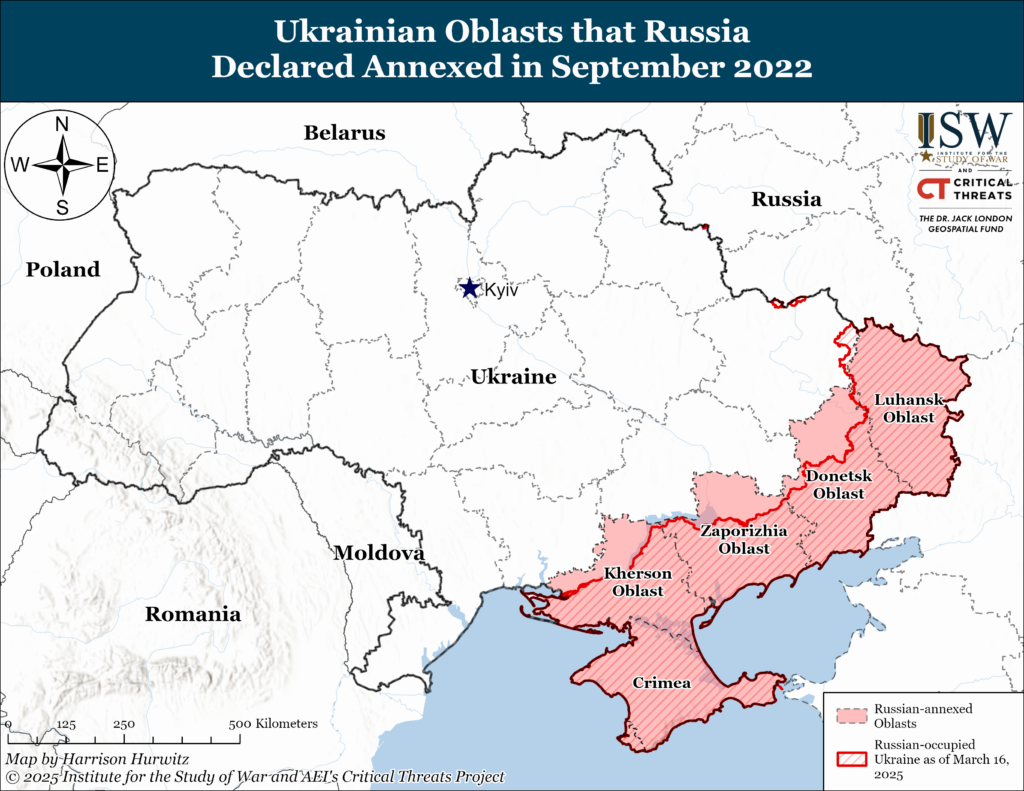
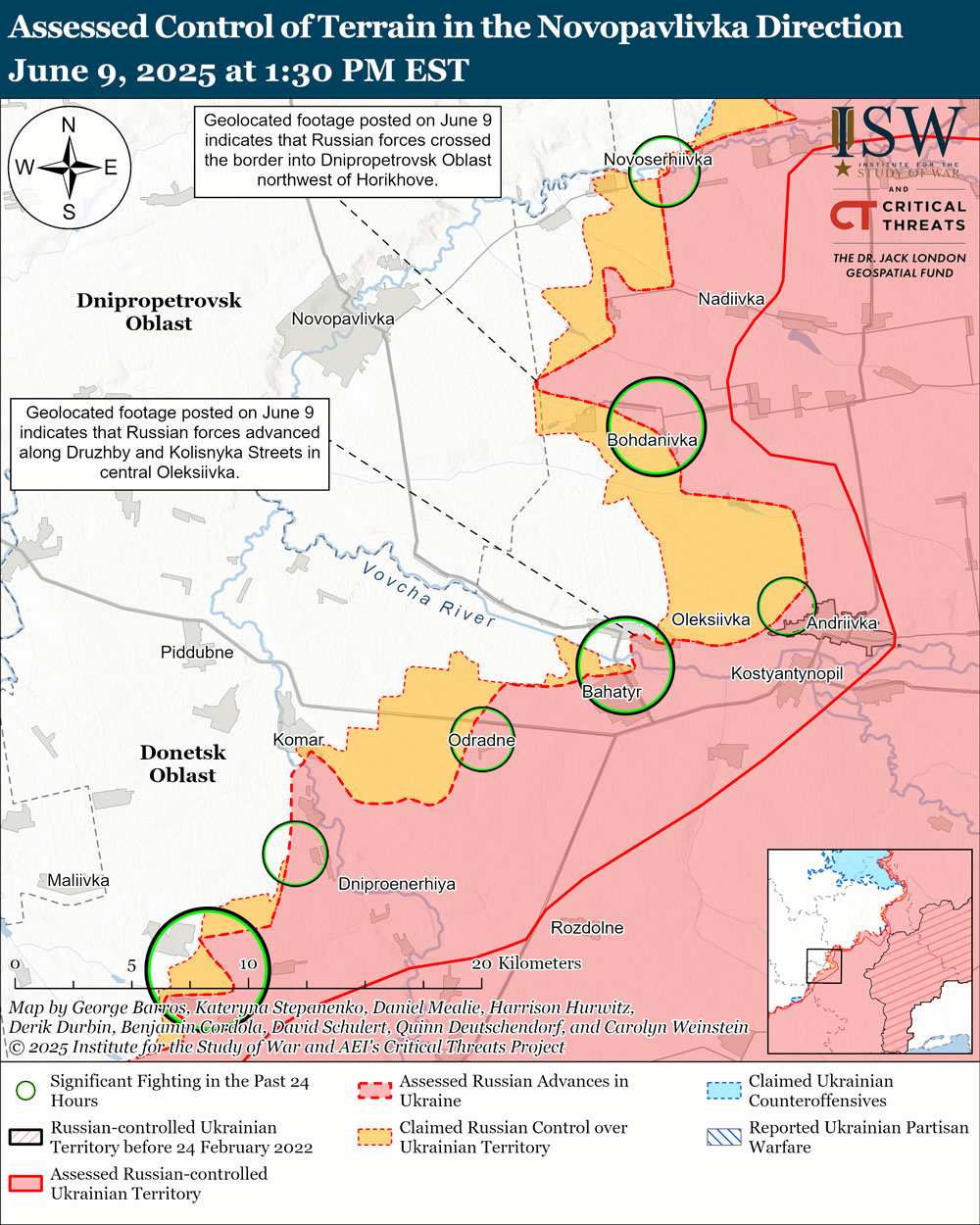
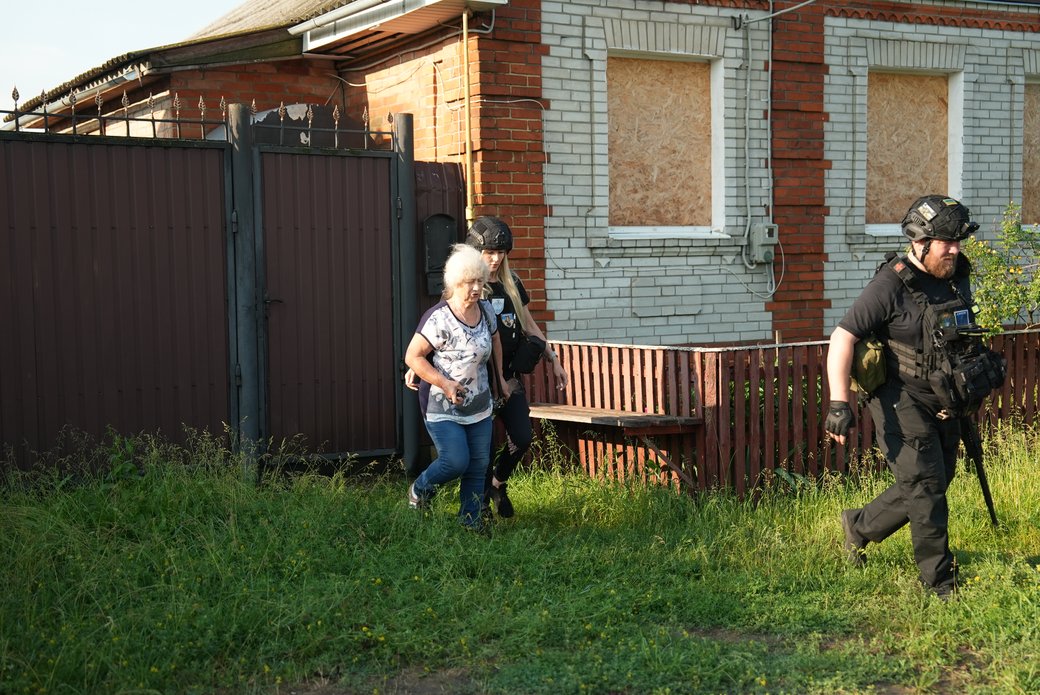



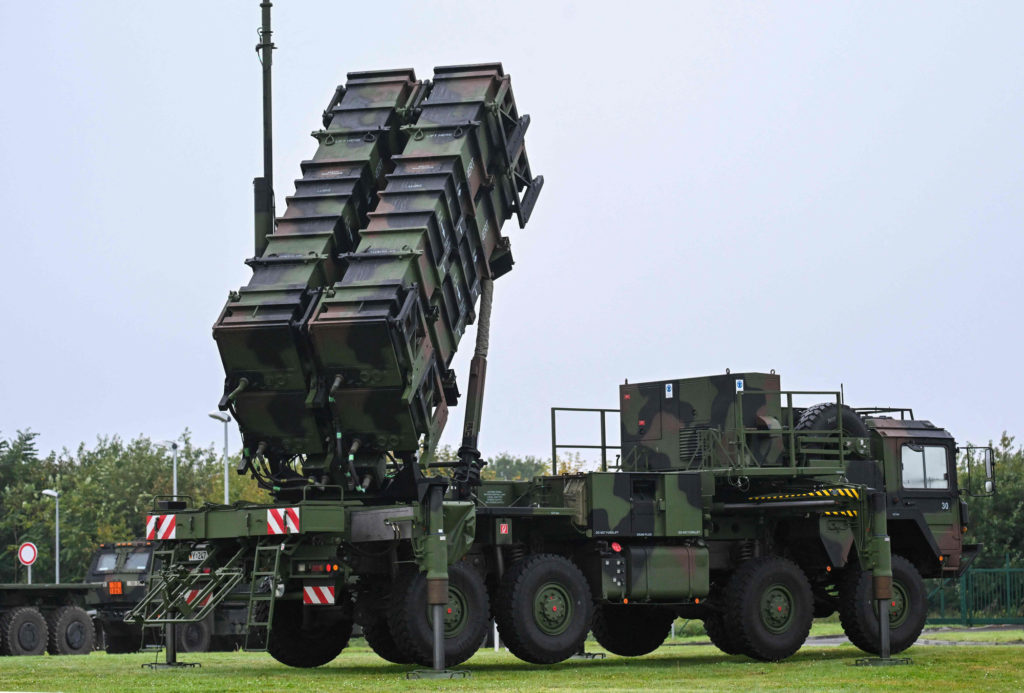

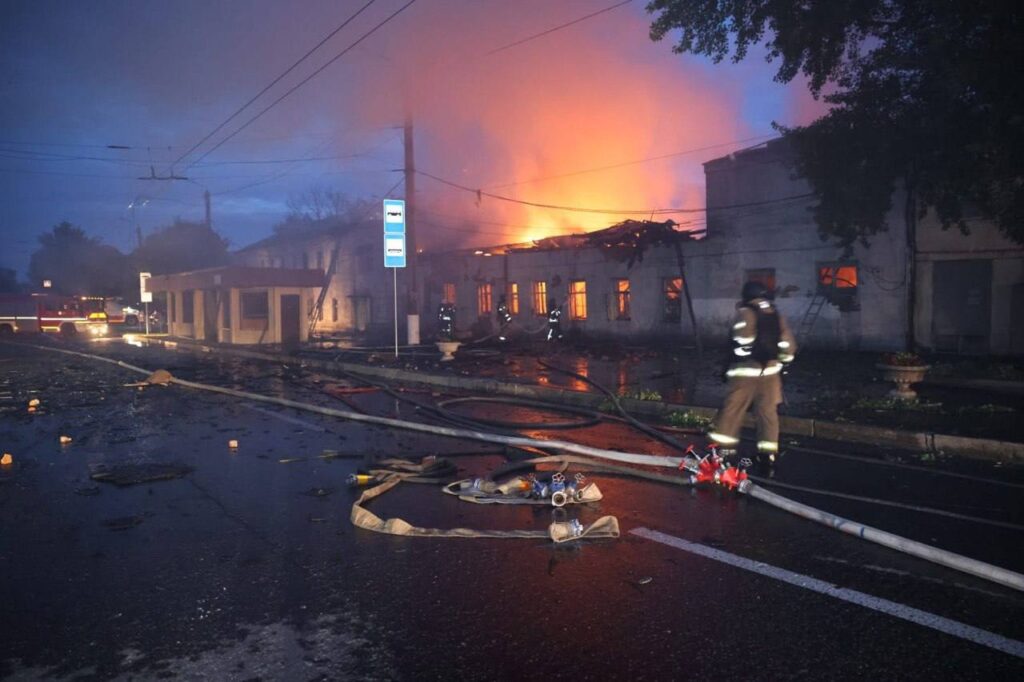


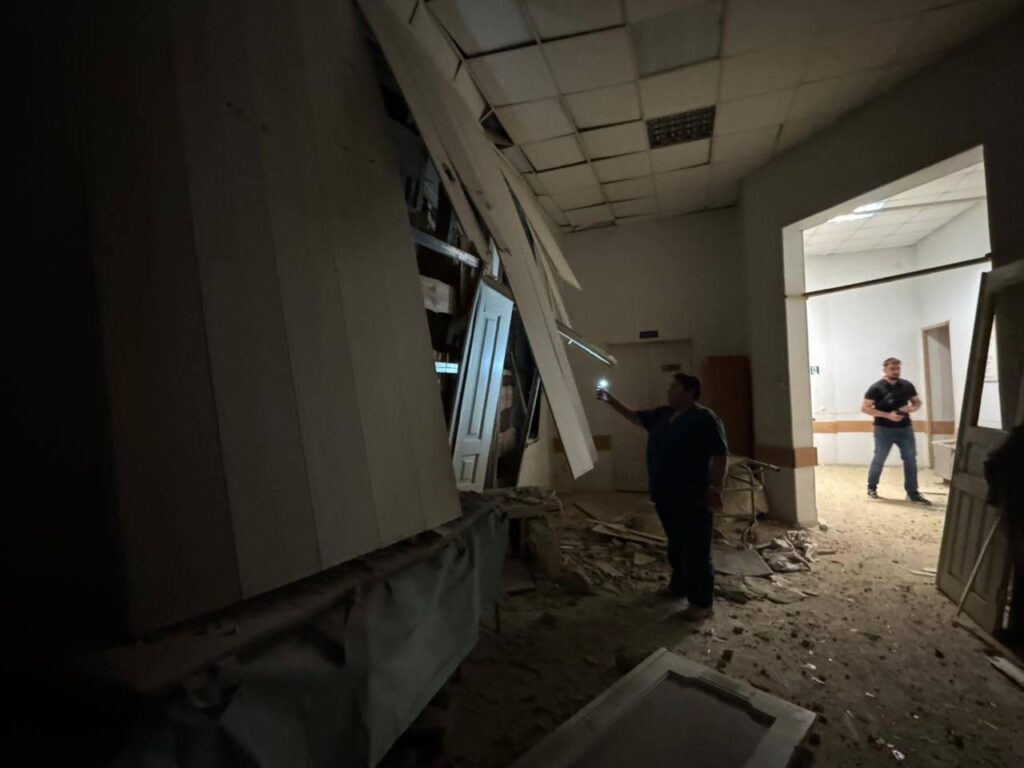
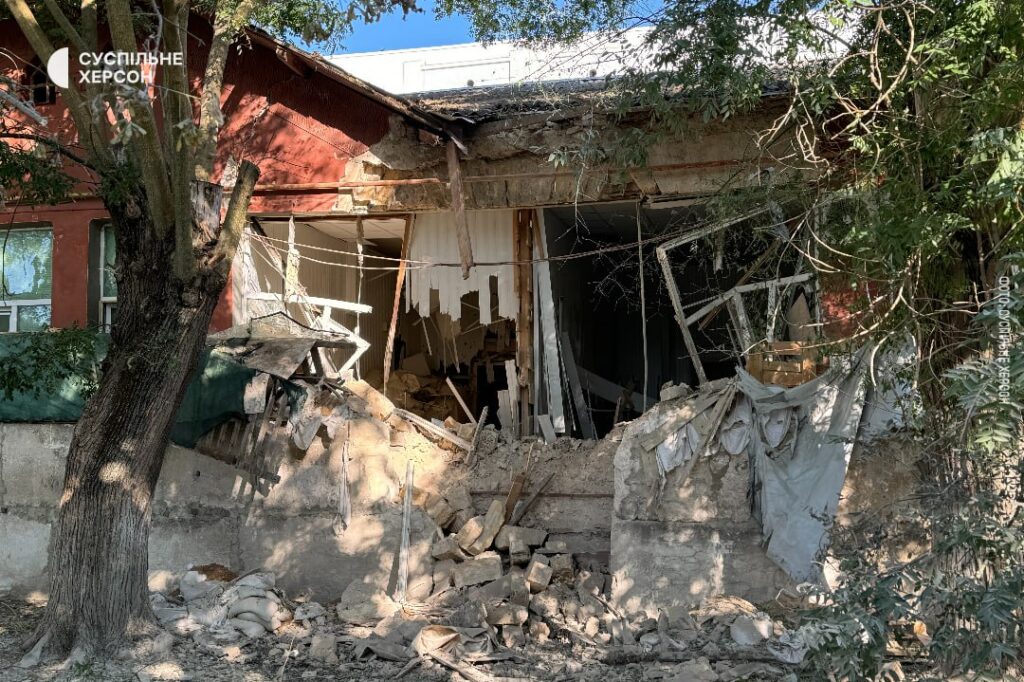


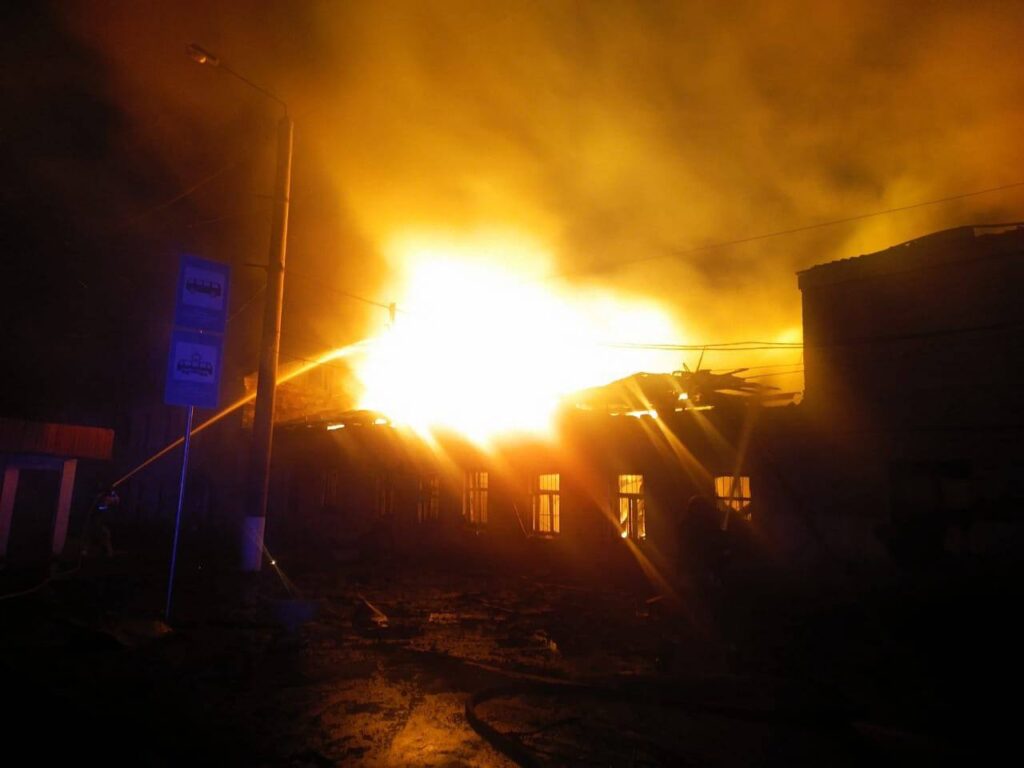
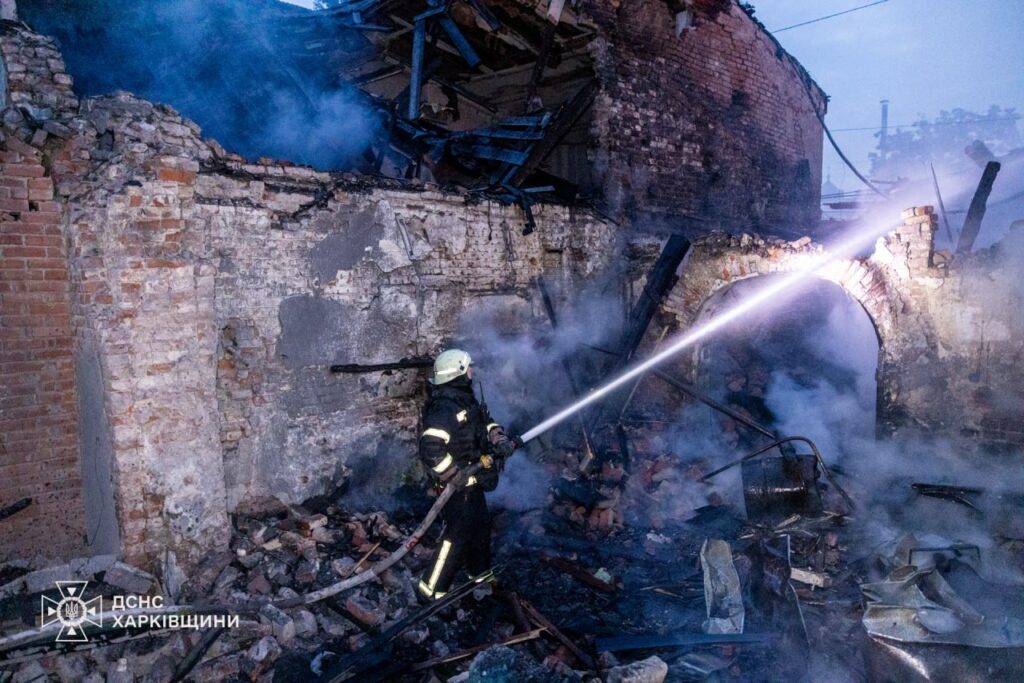


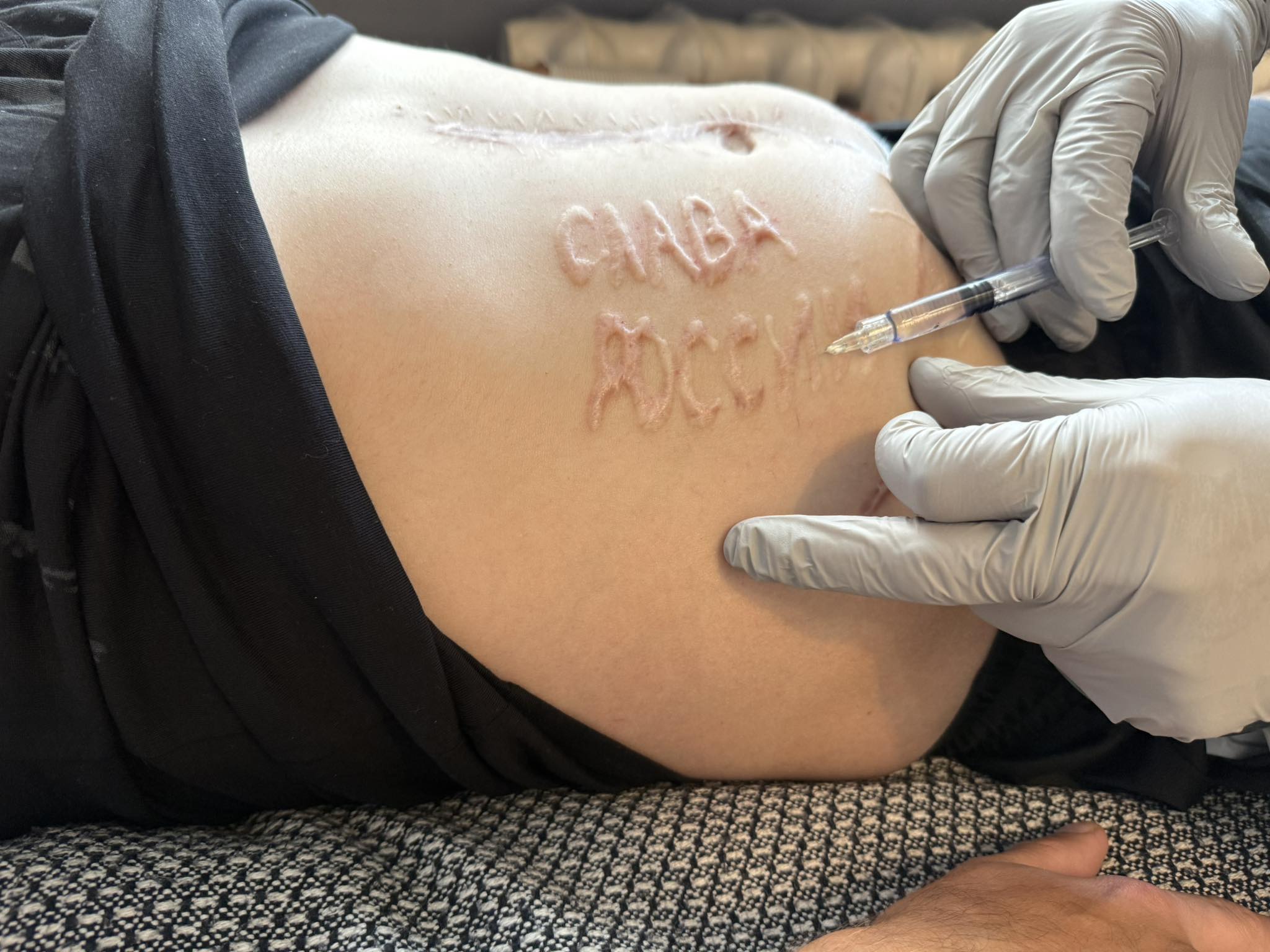

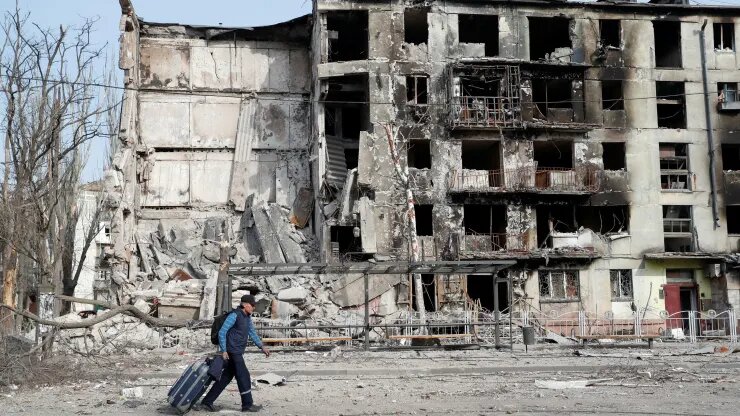
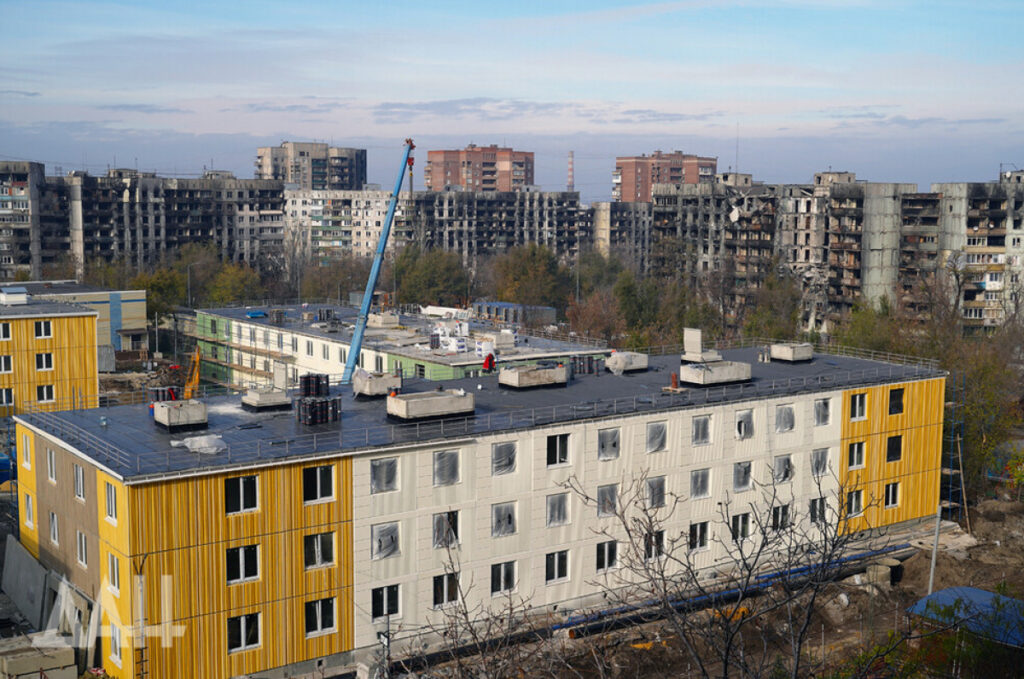


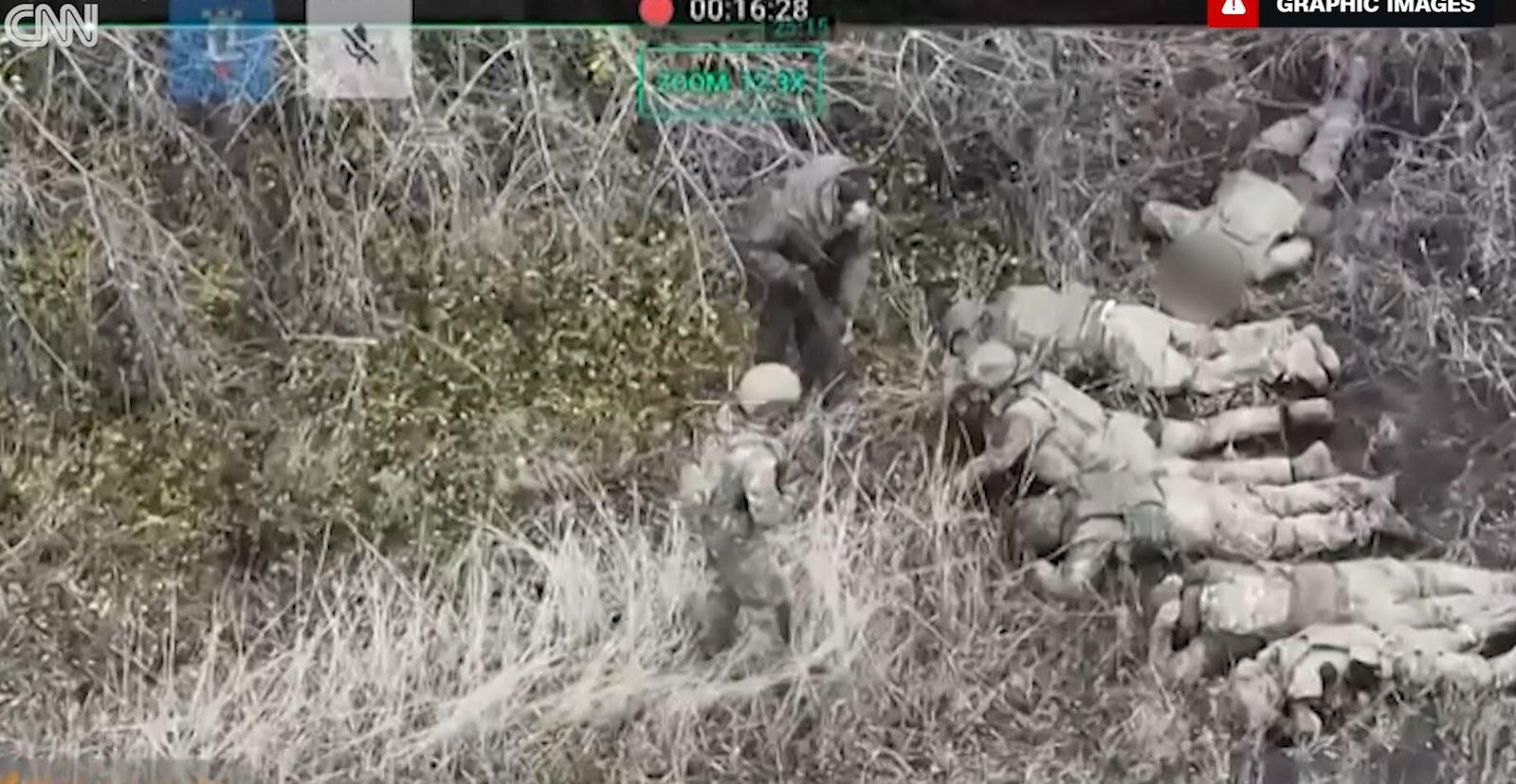


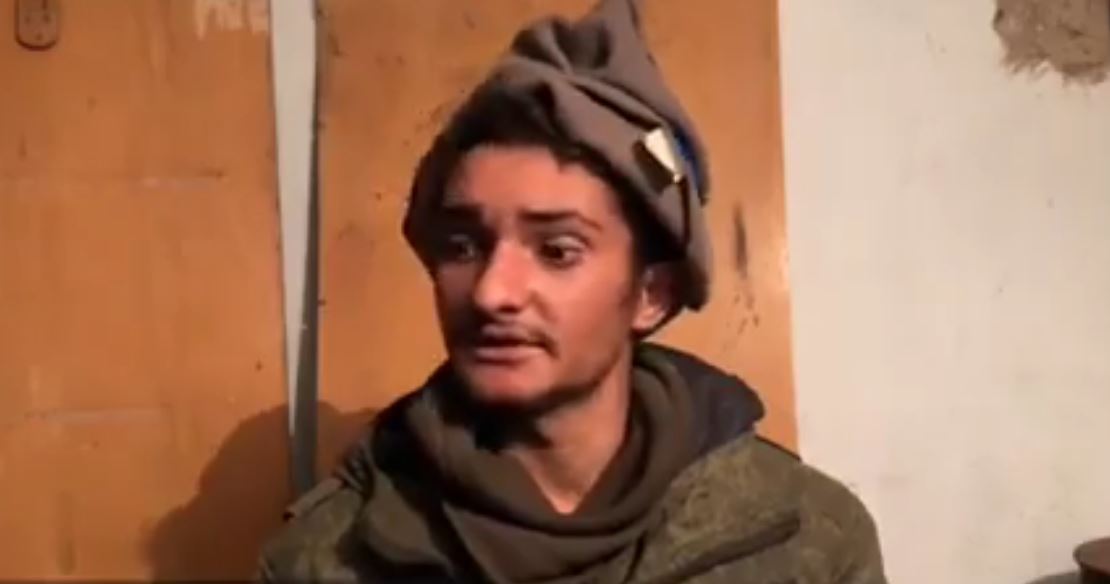
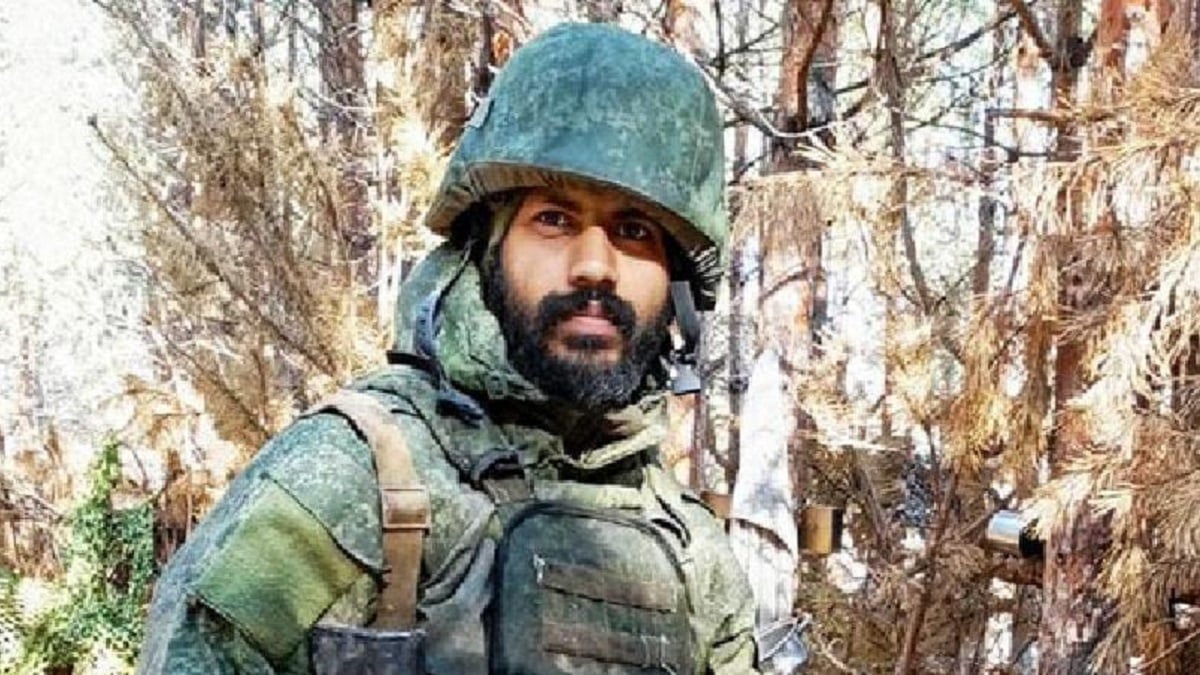
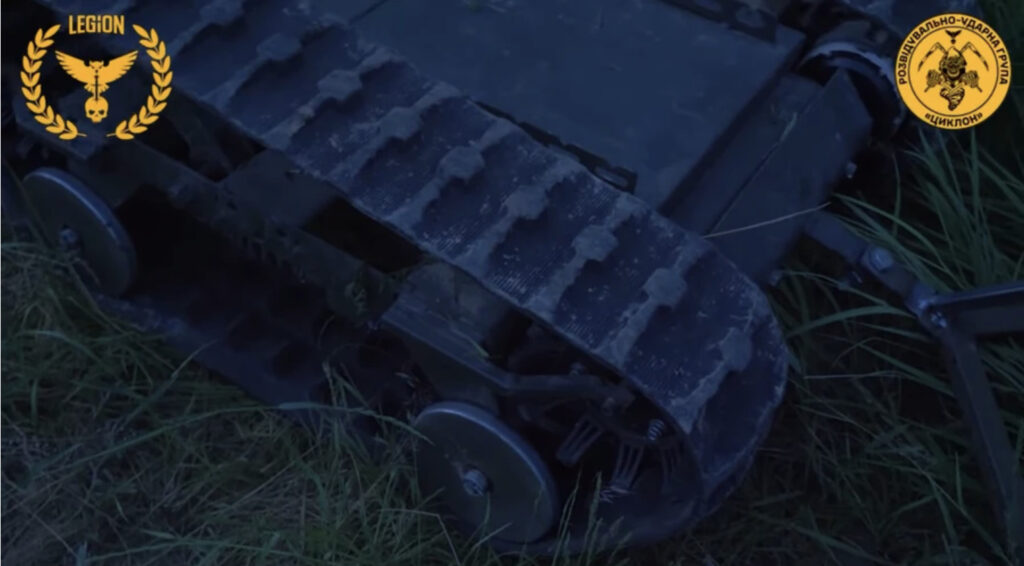
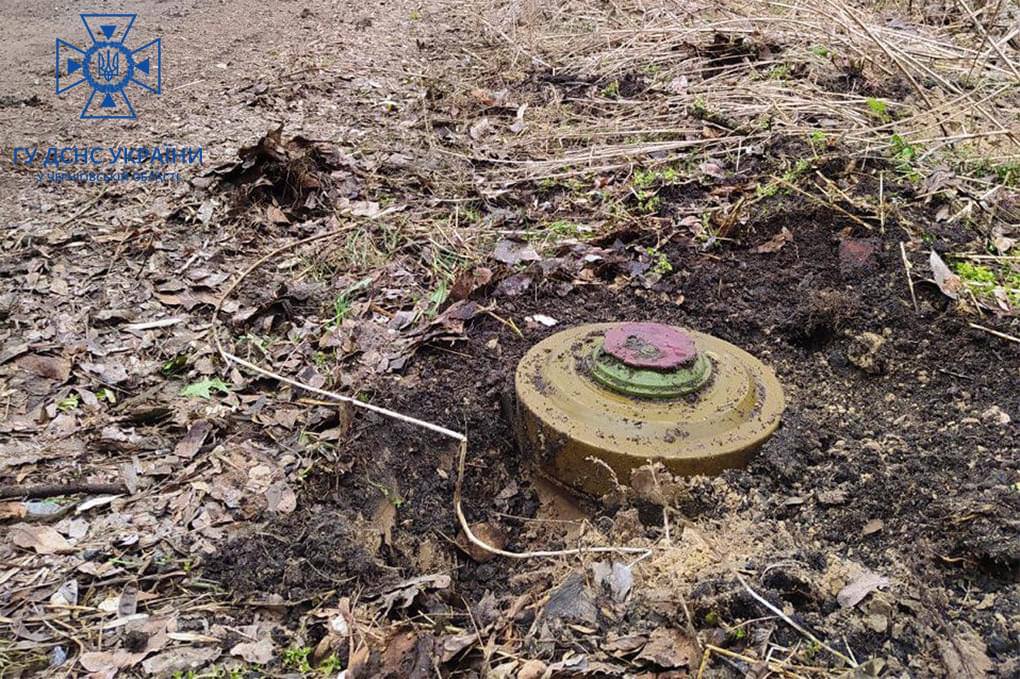
 (@MFA_Ukraine)
(@MFA_Ukraine) 



